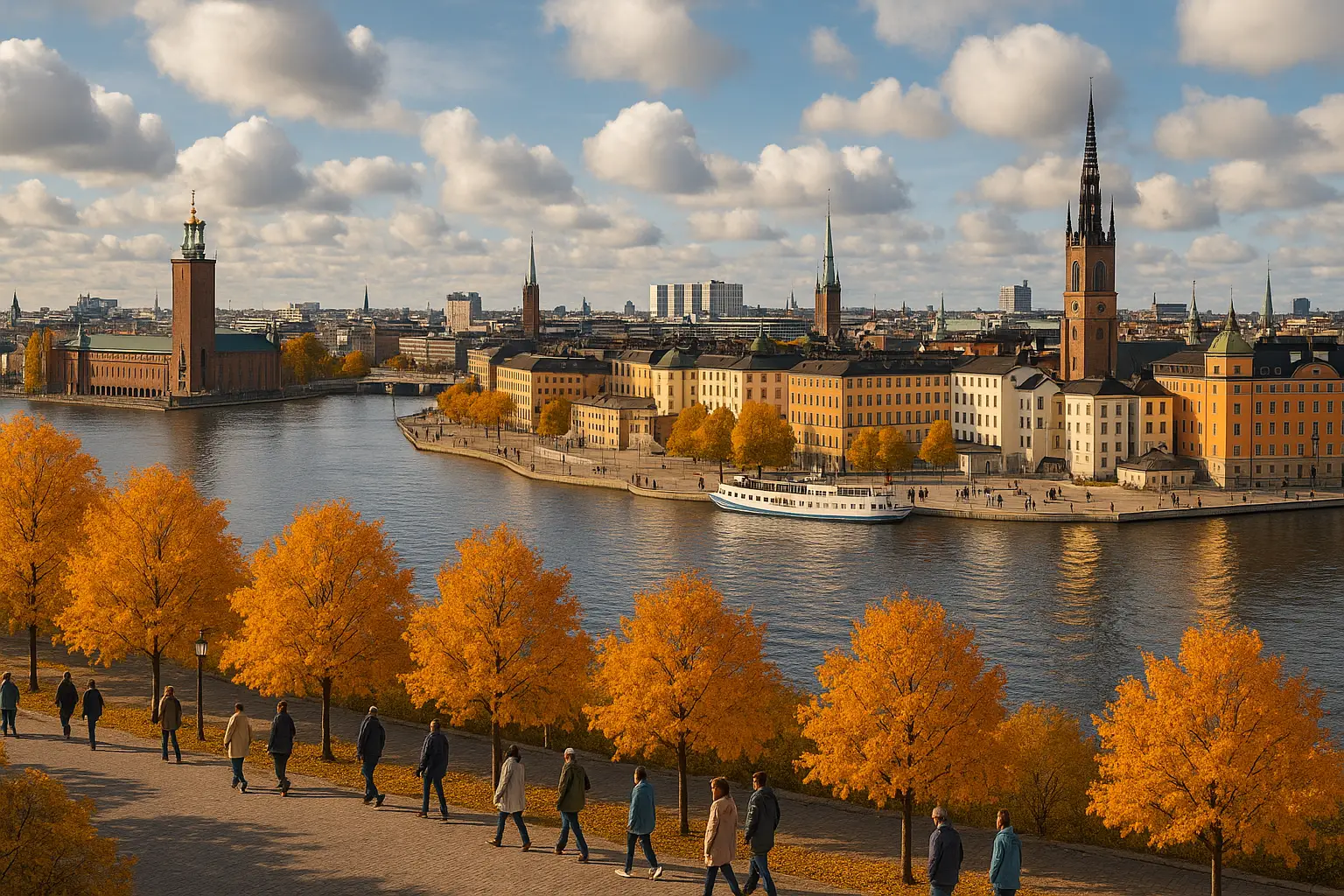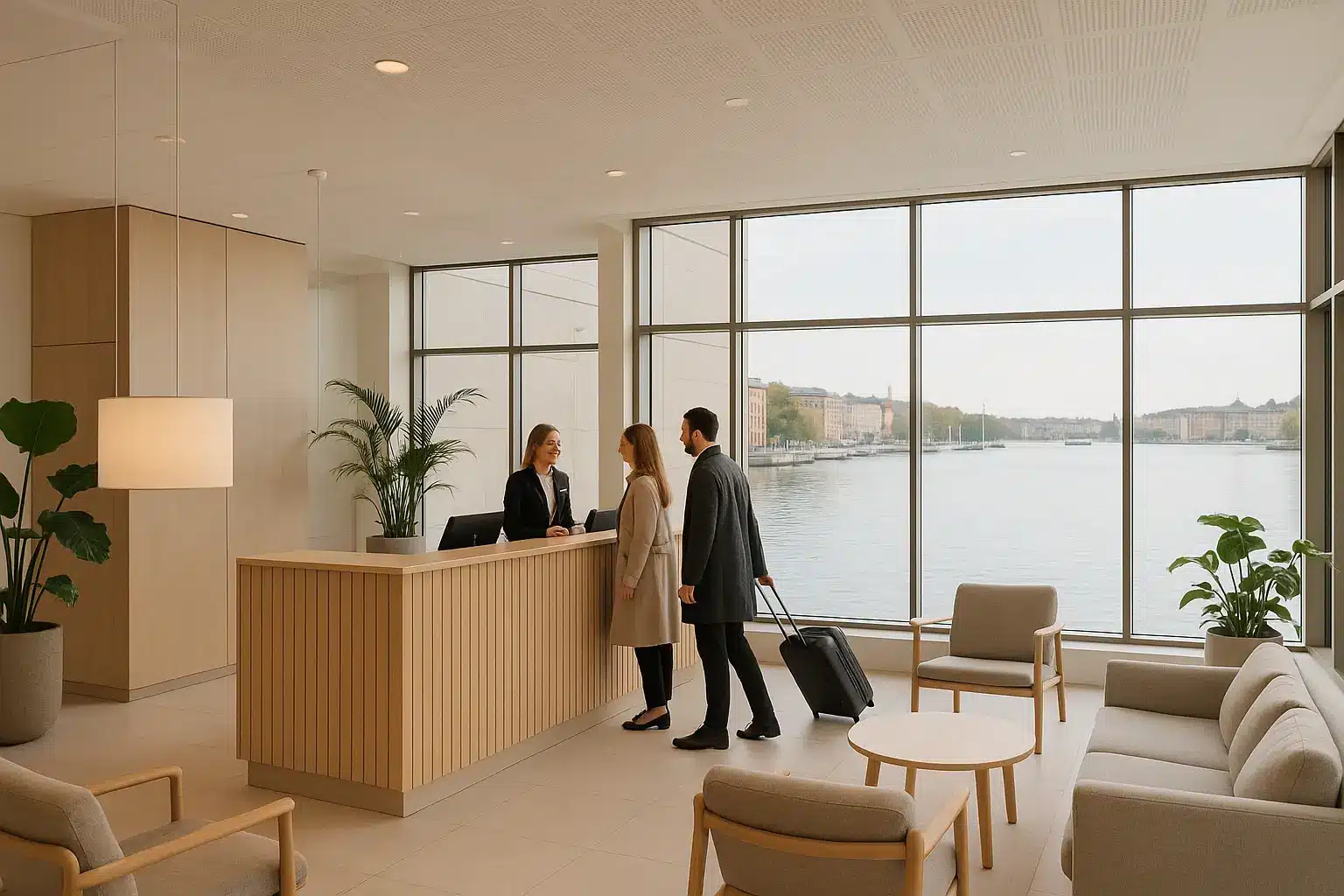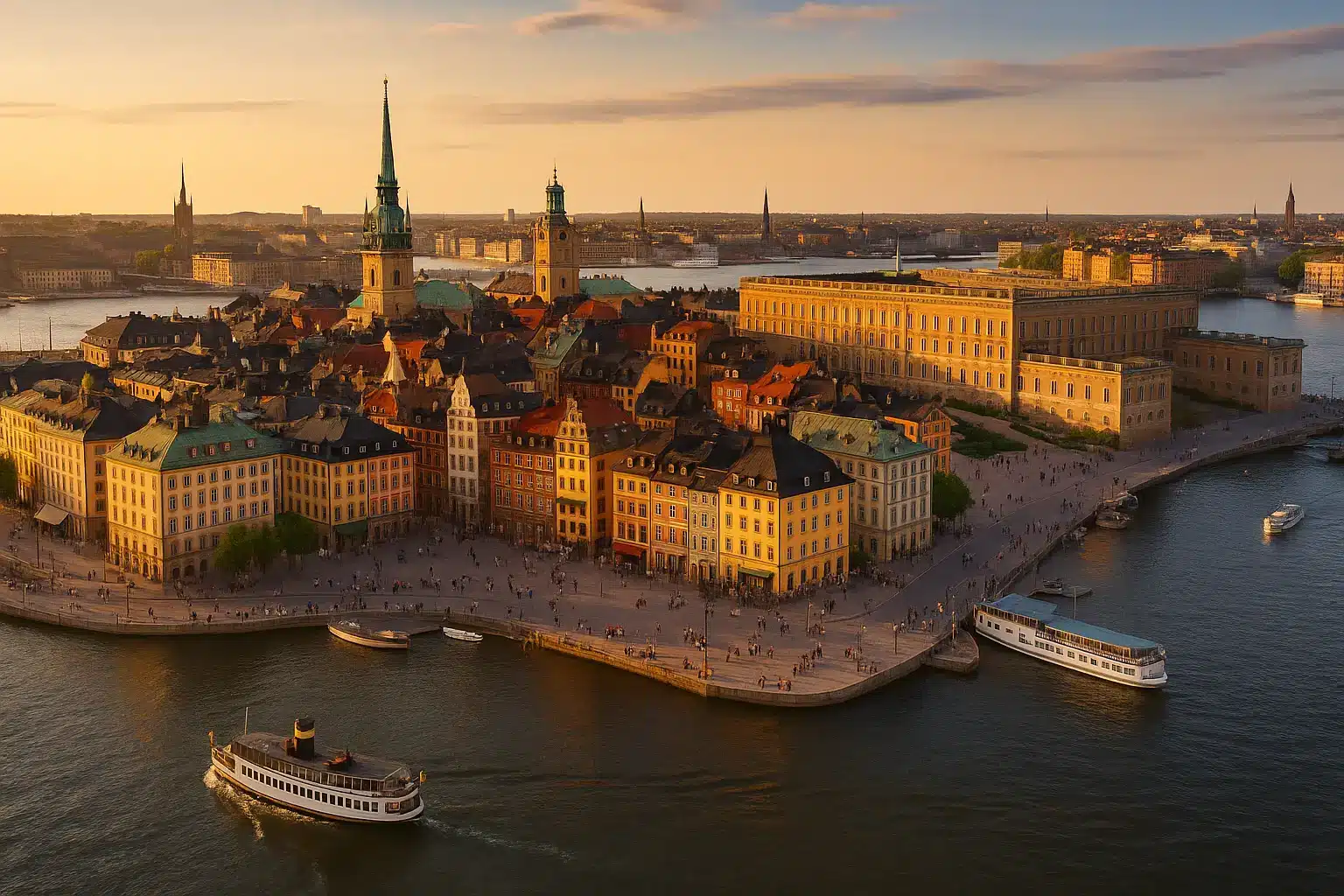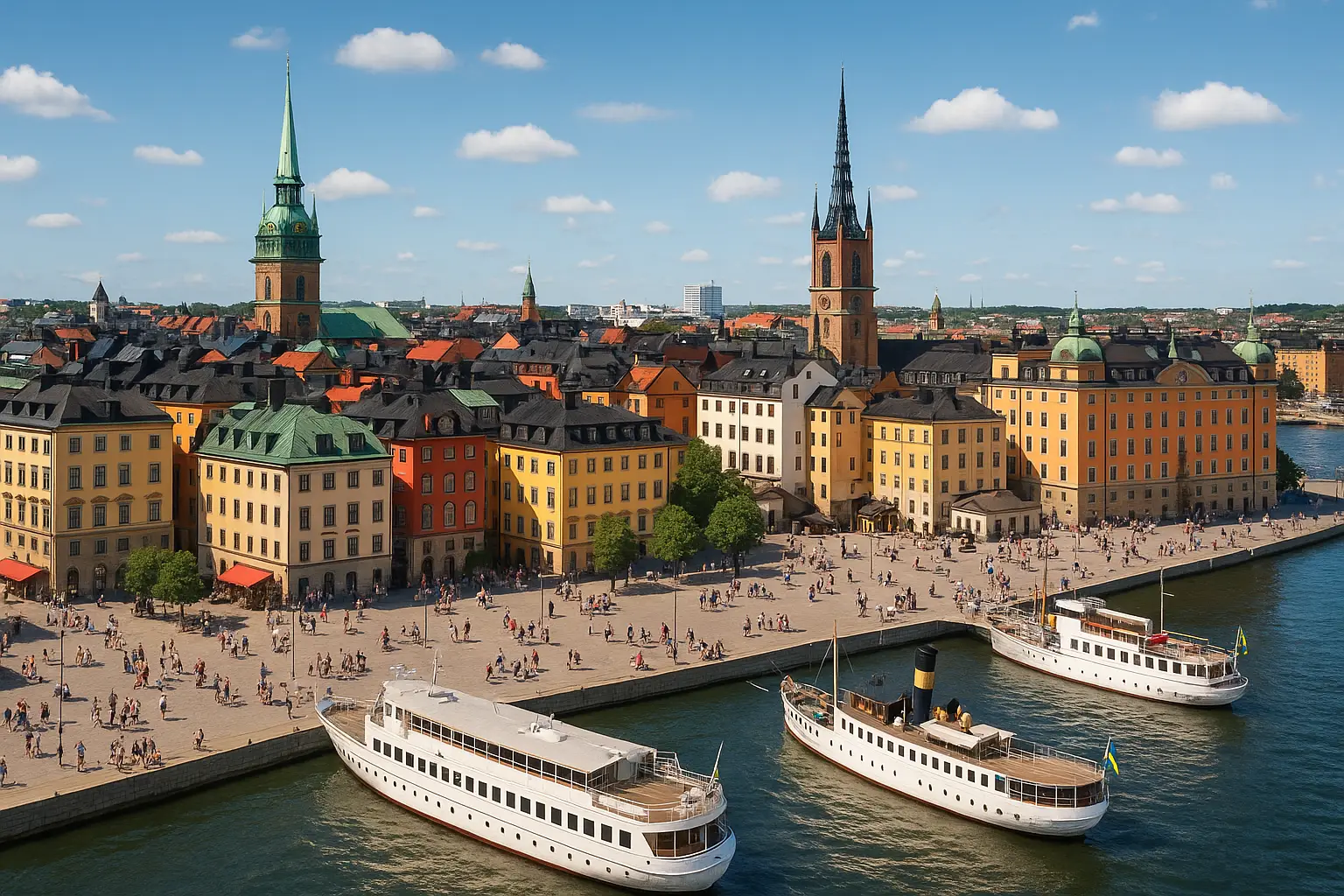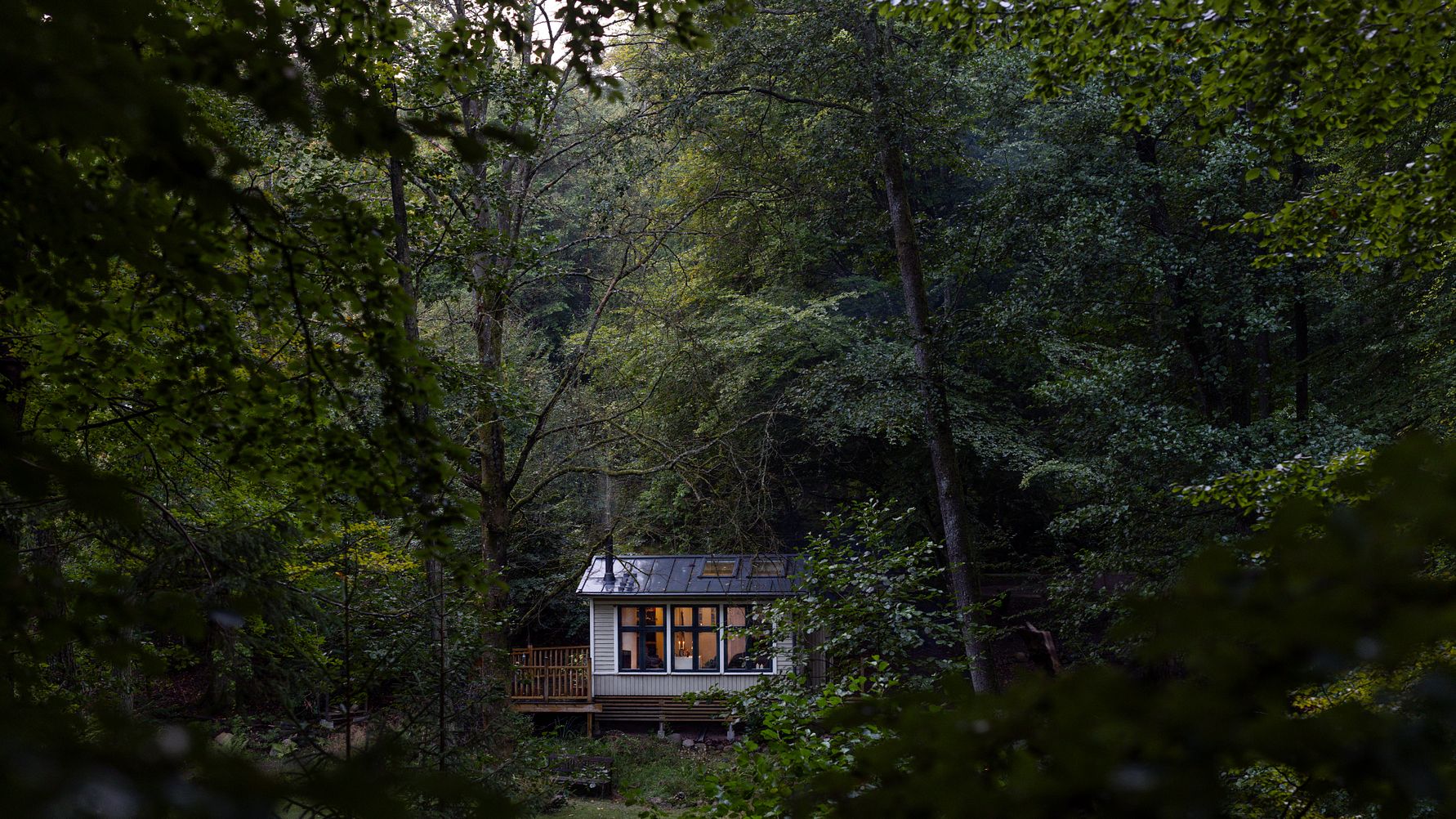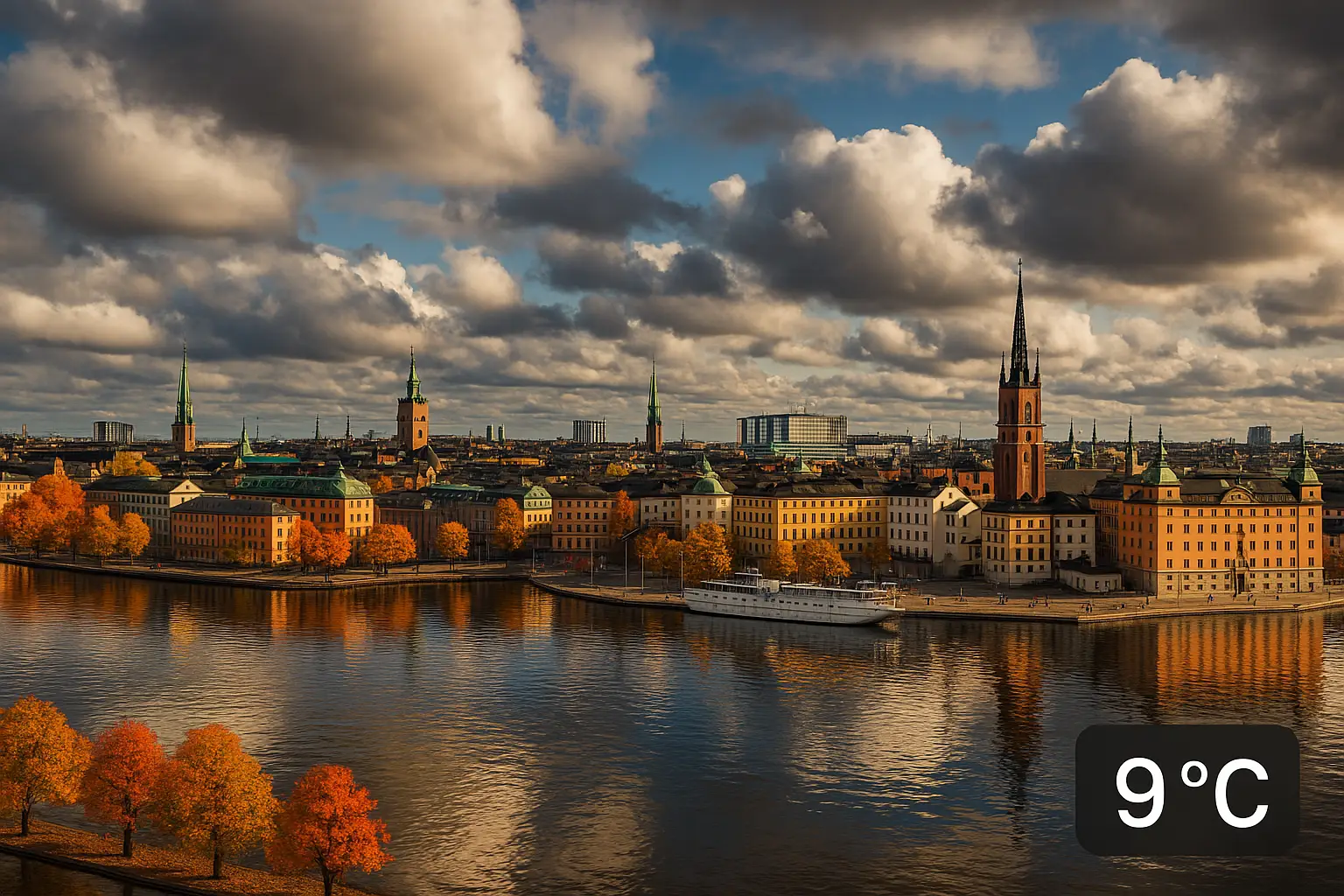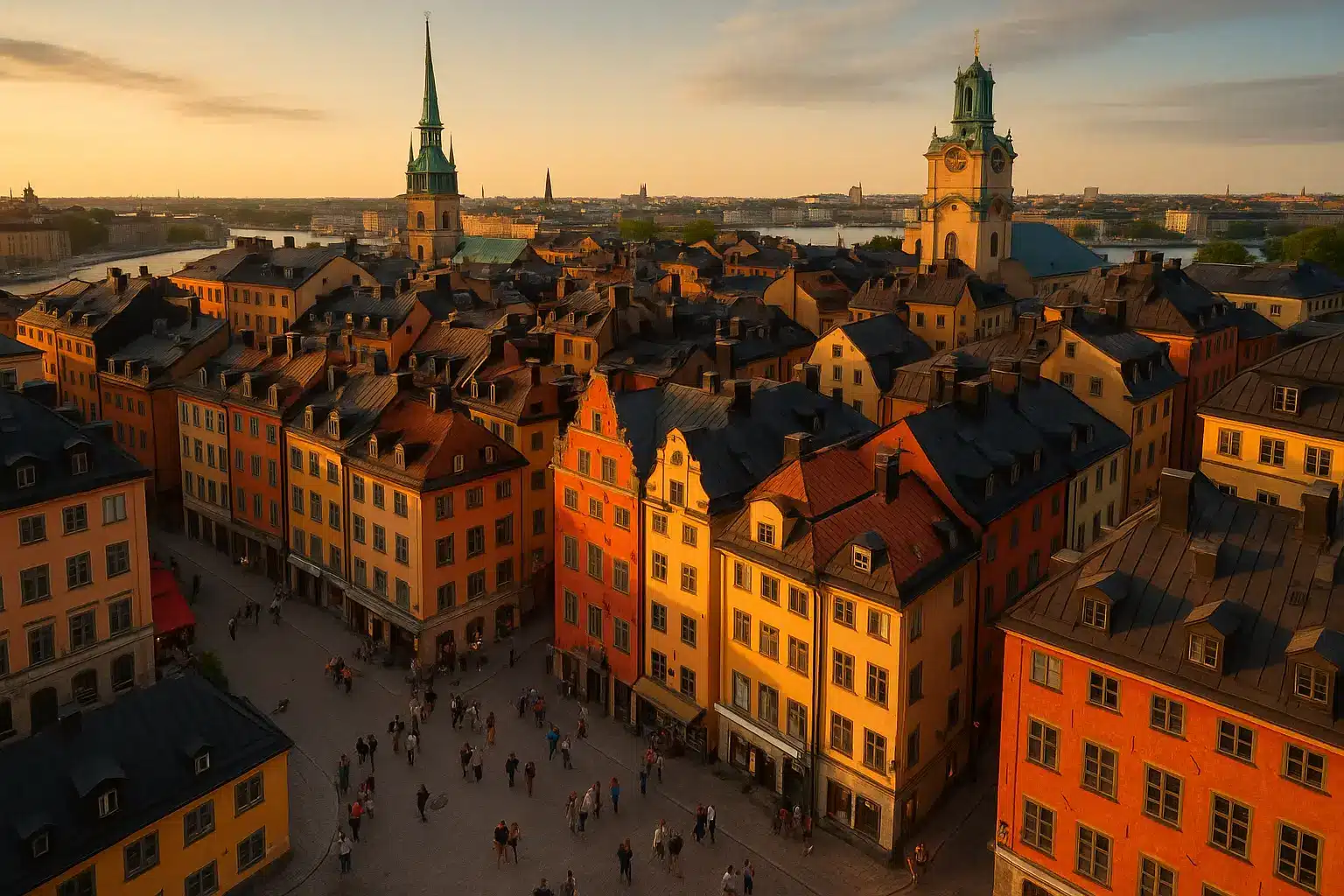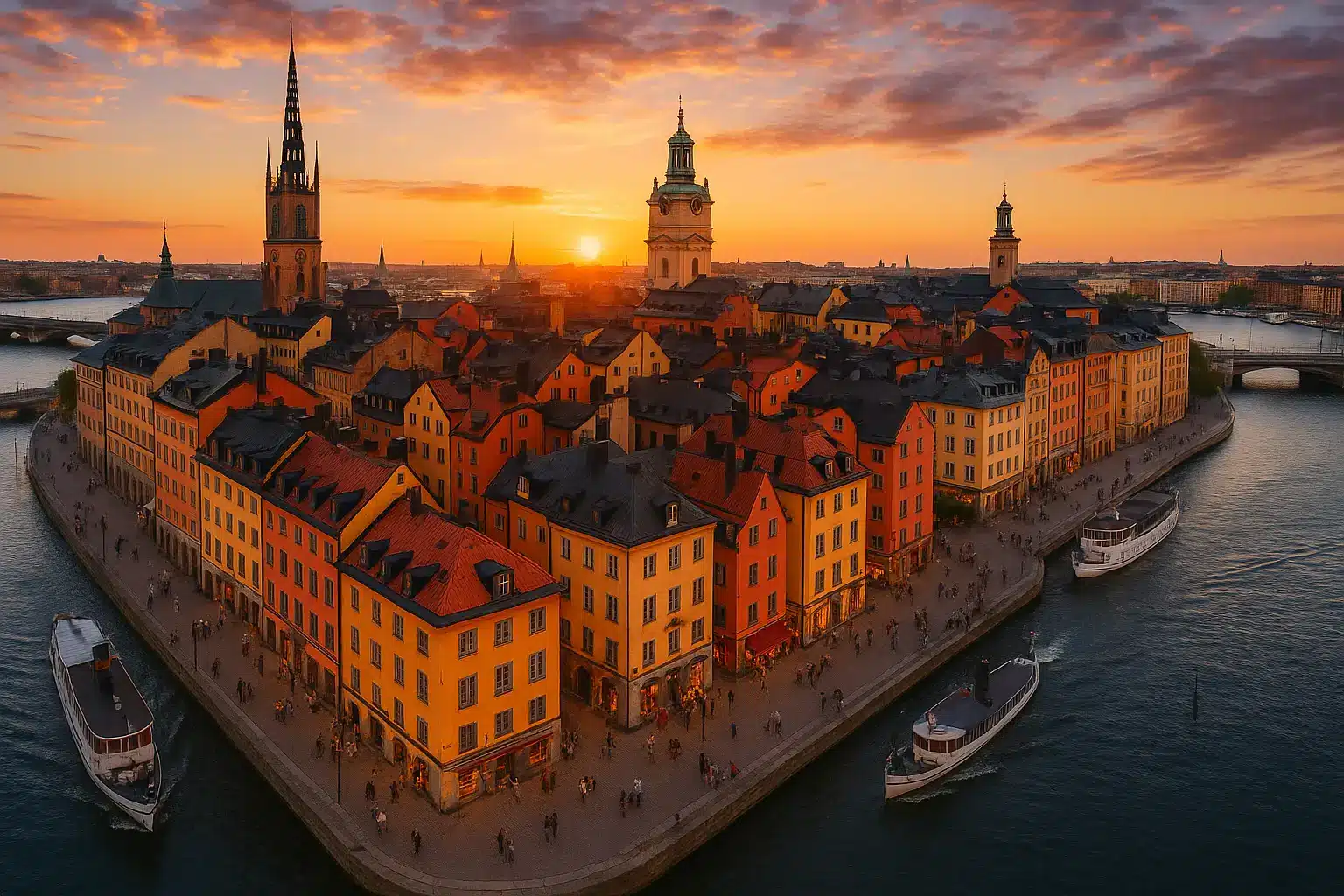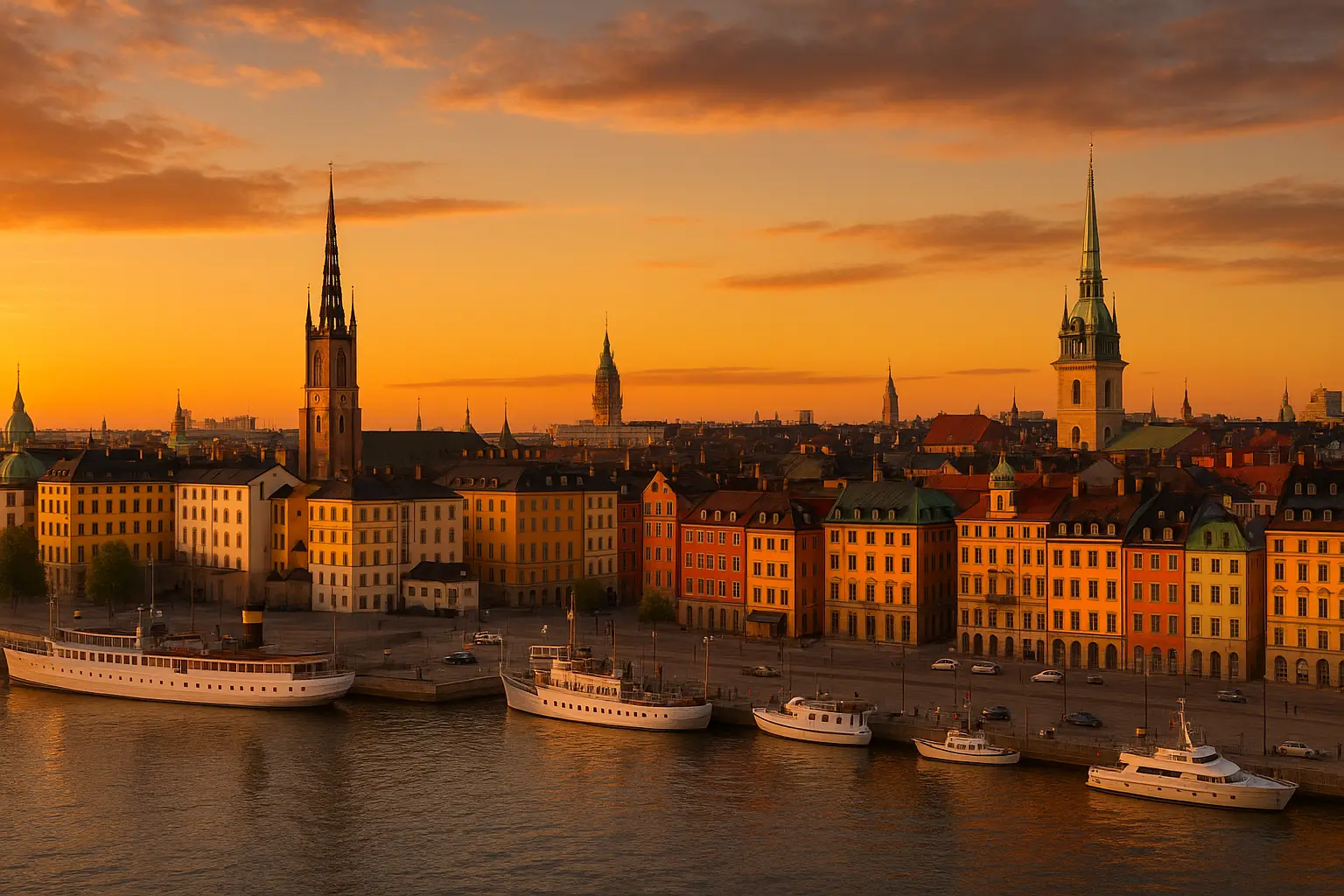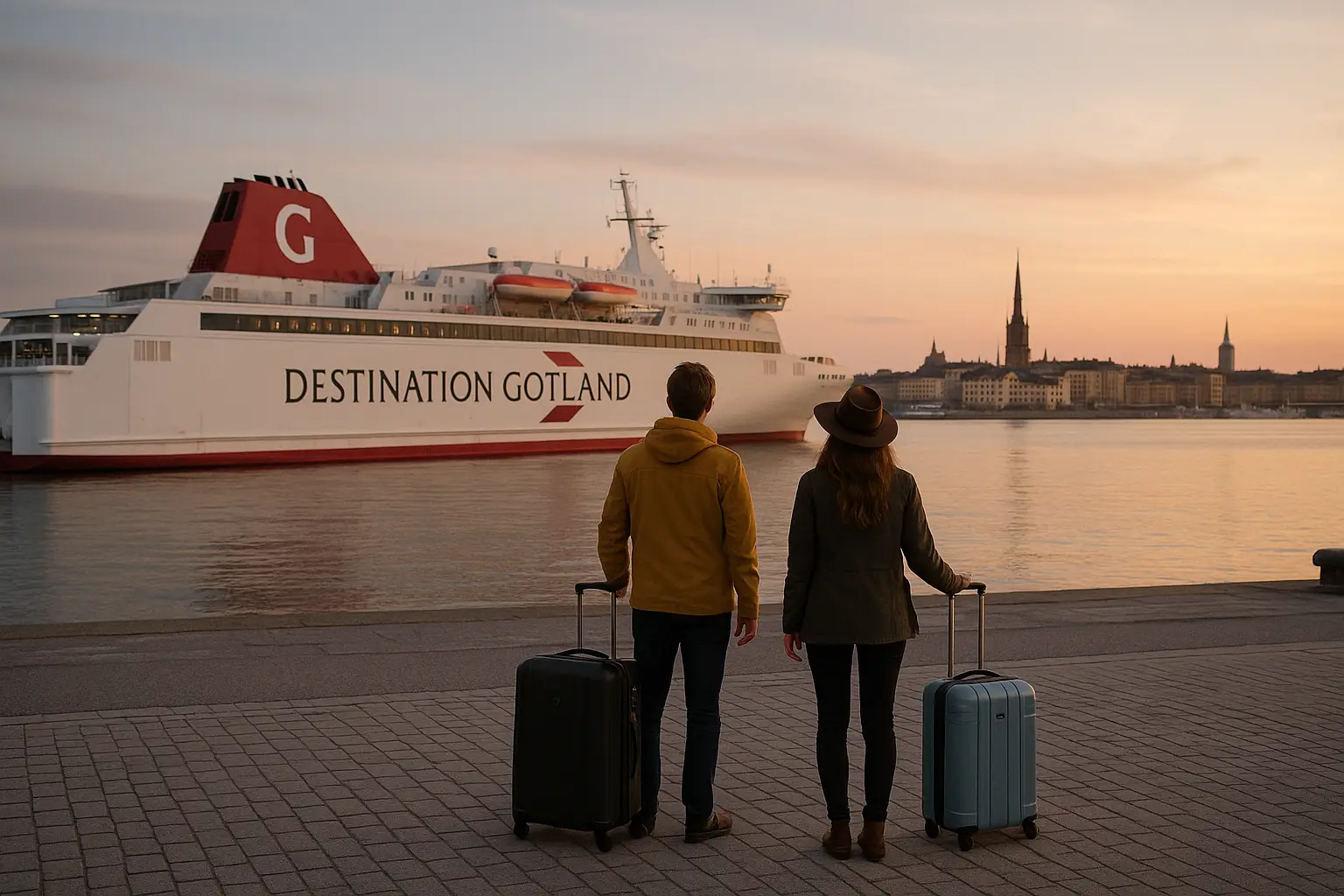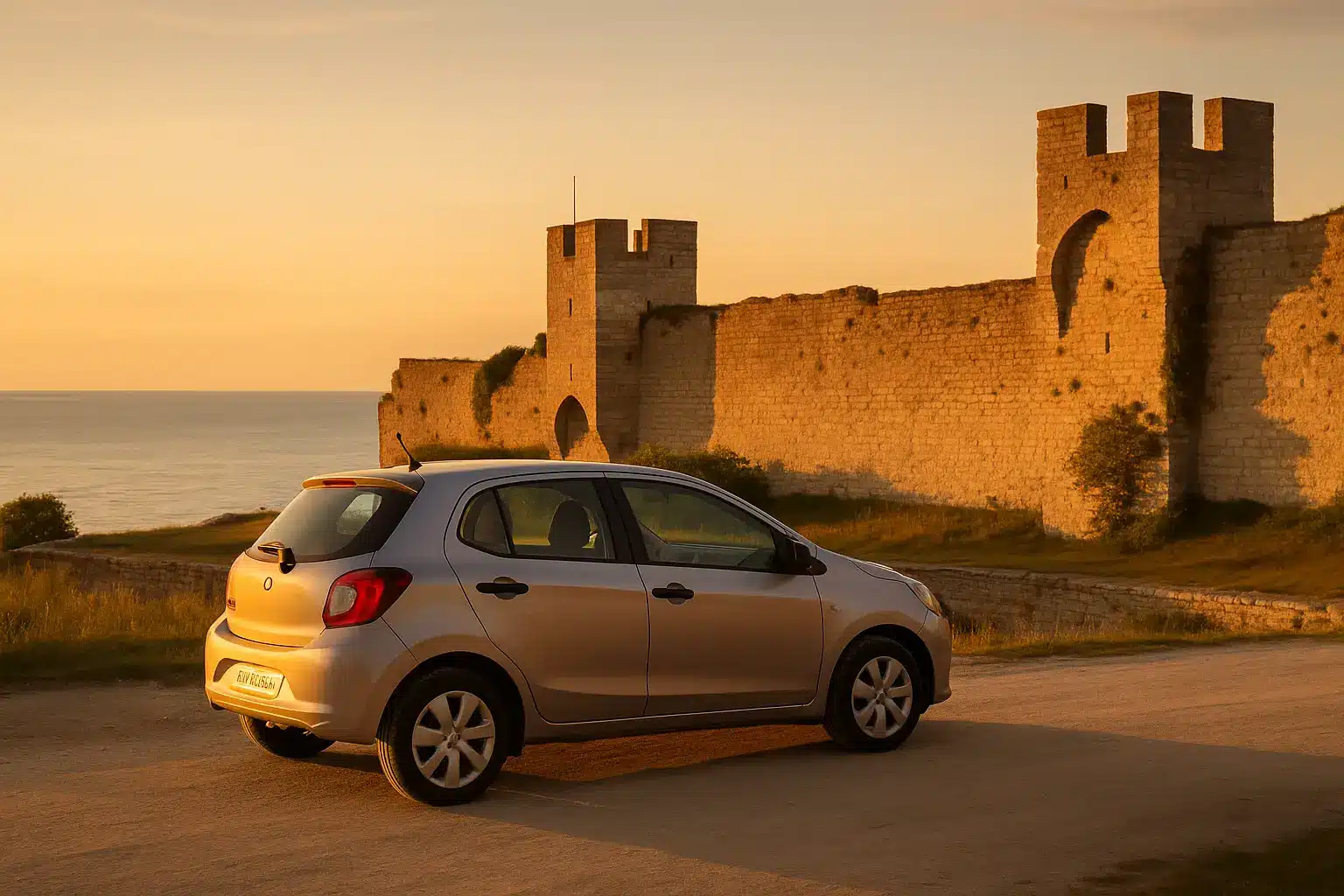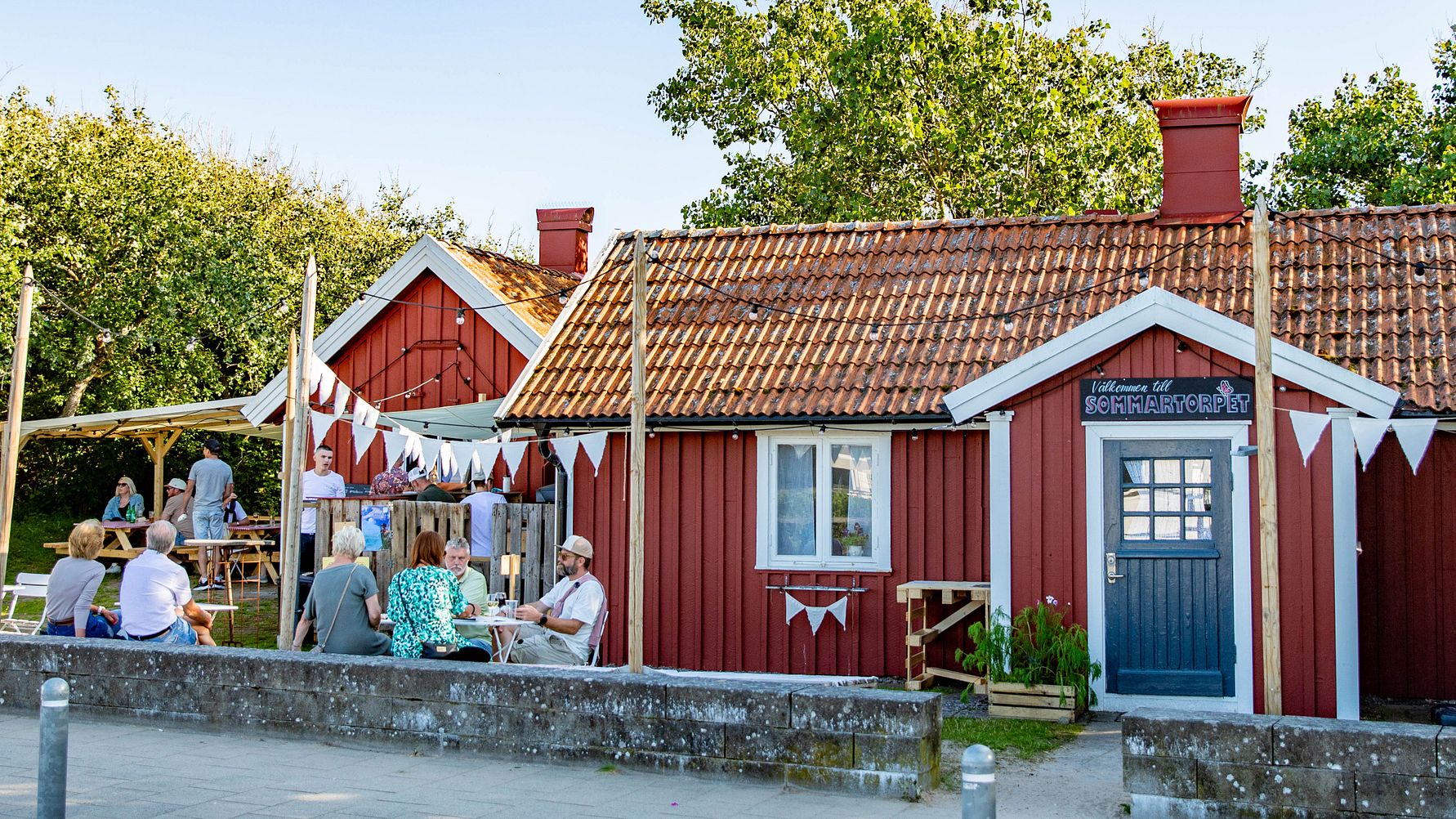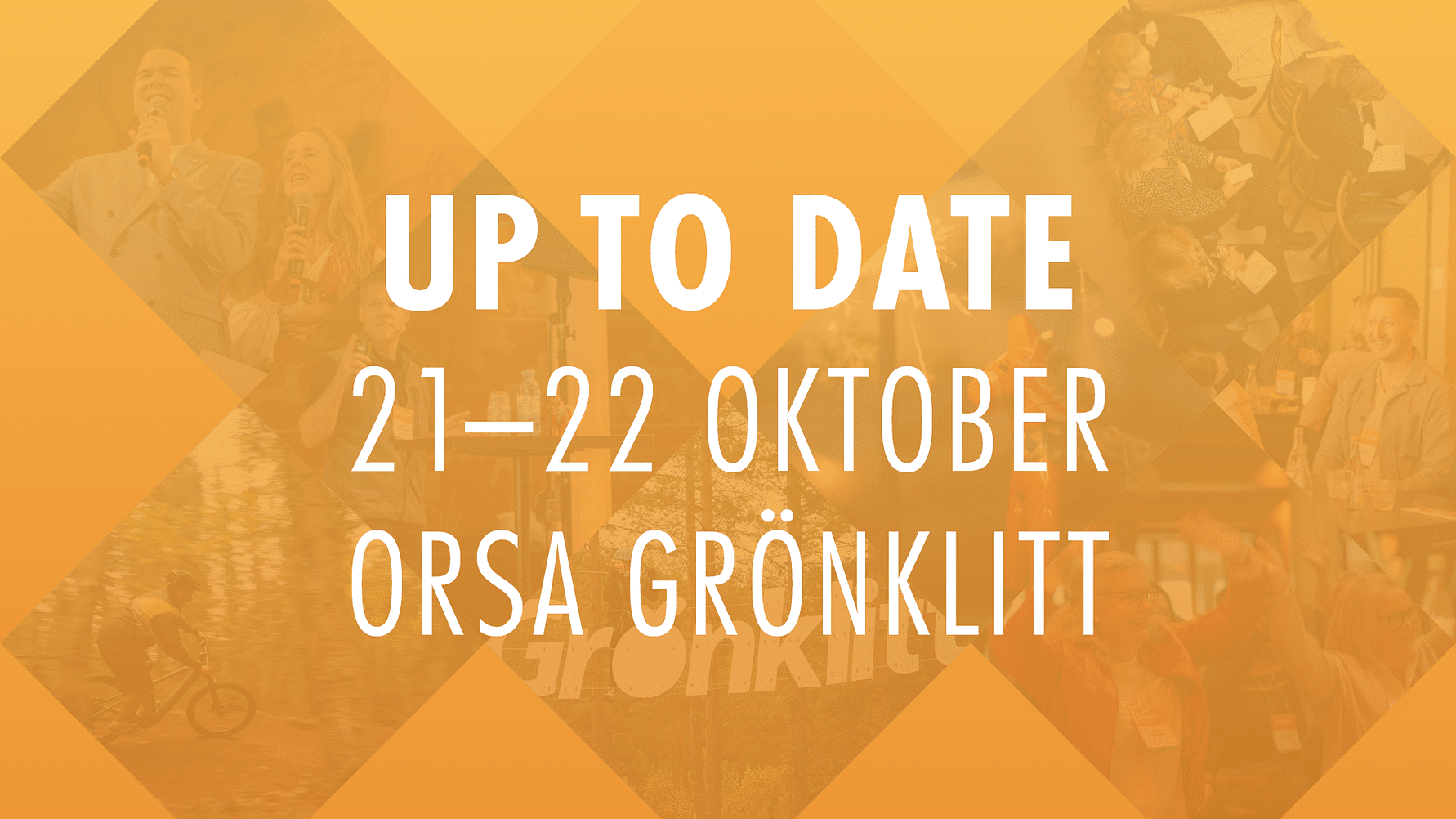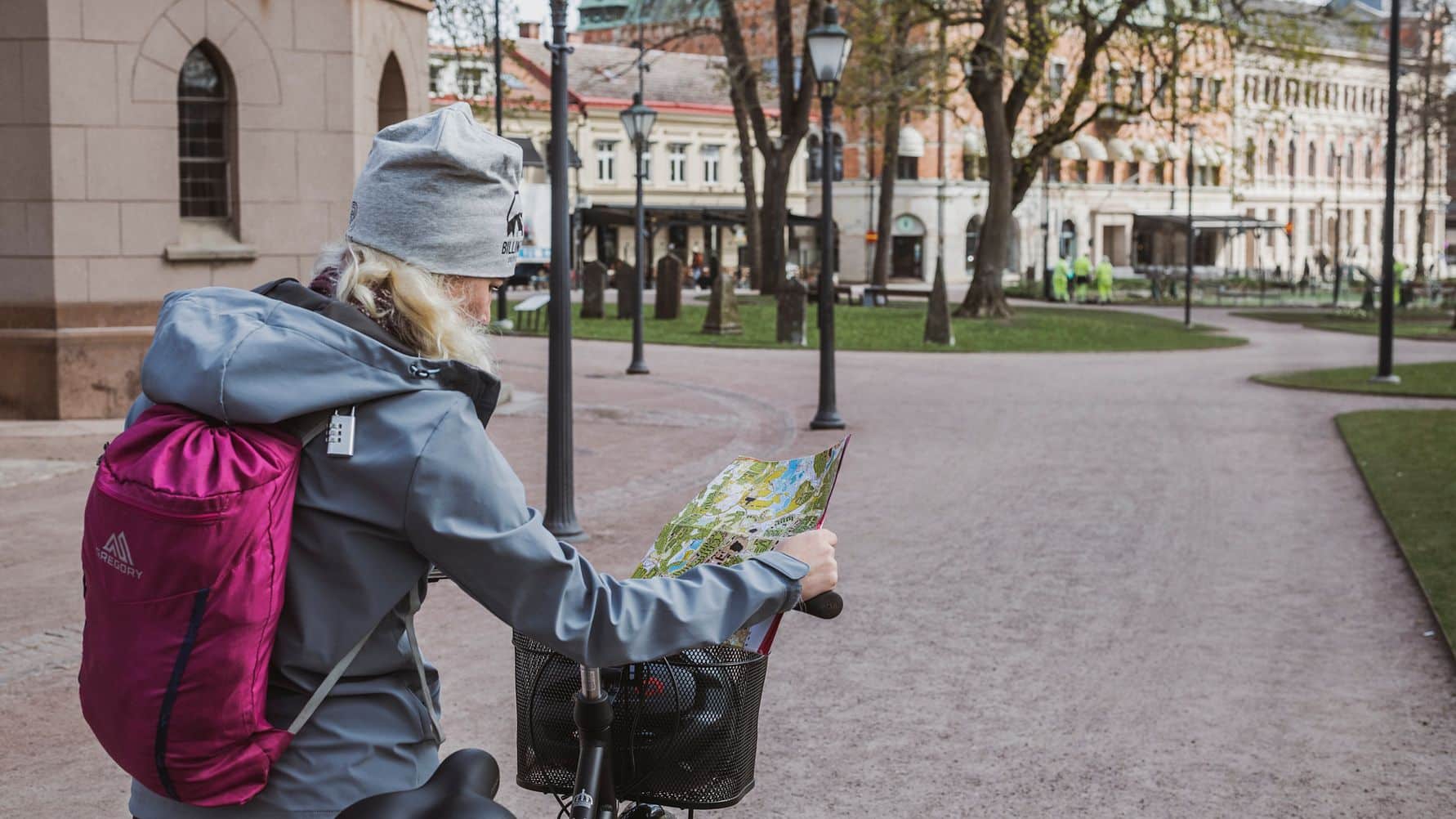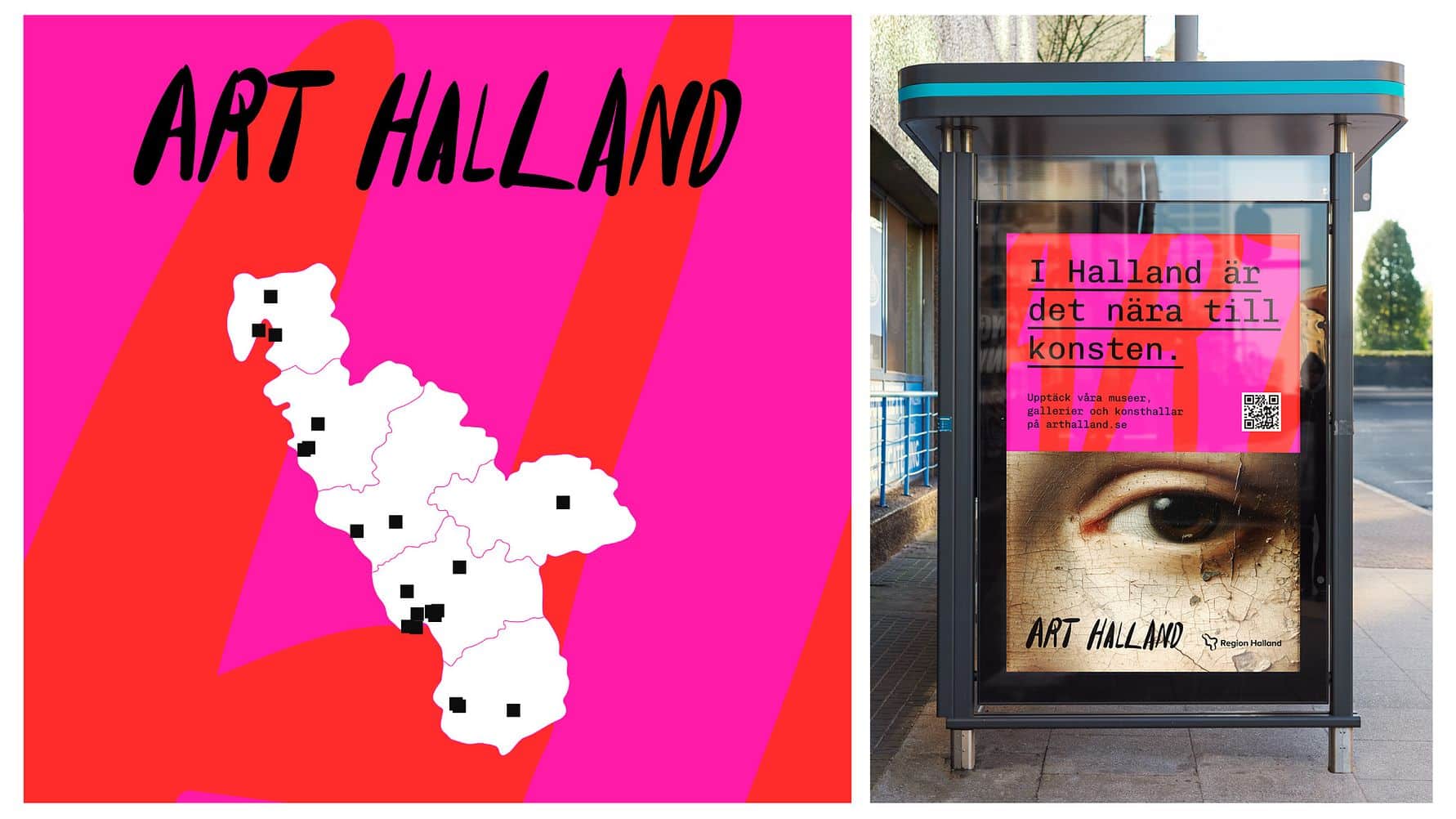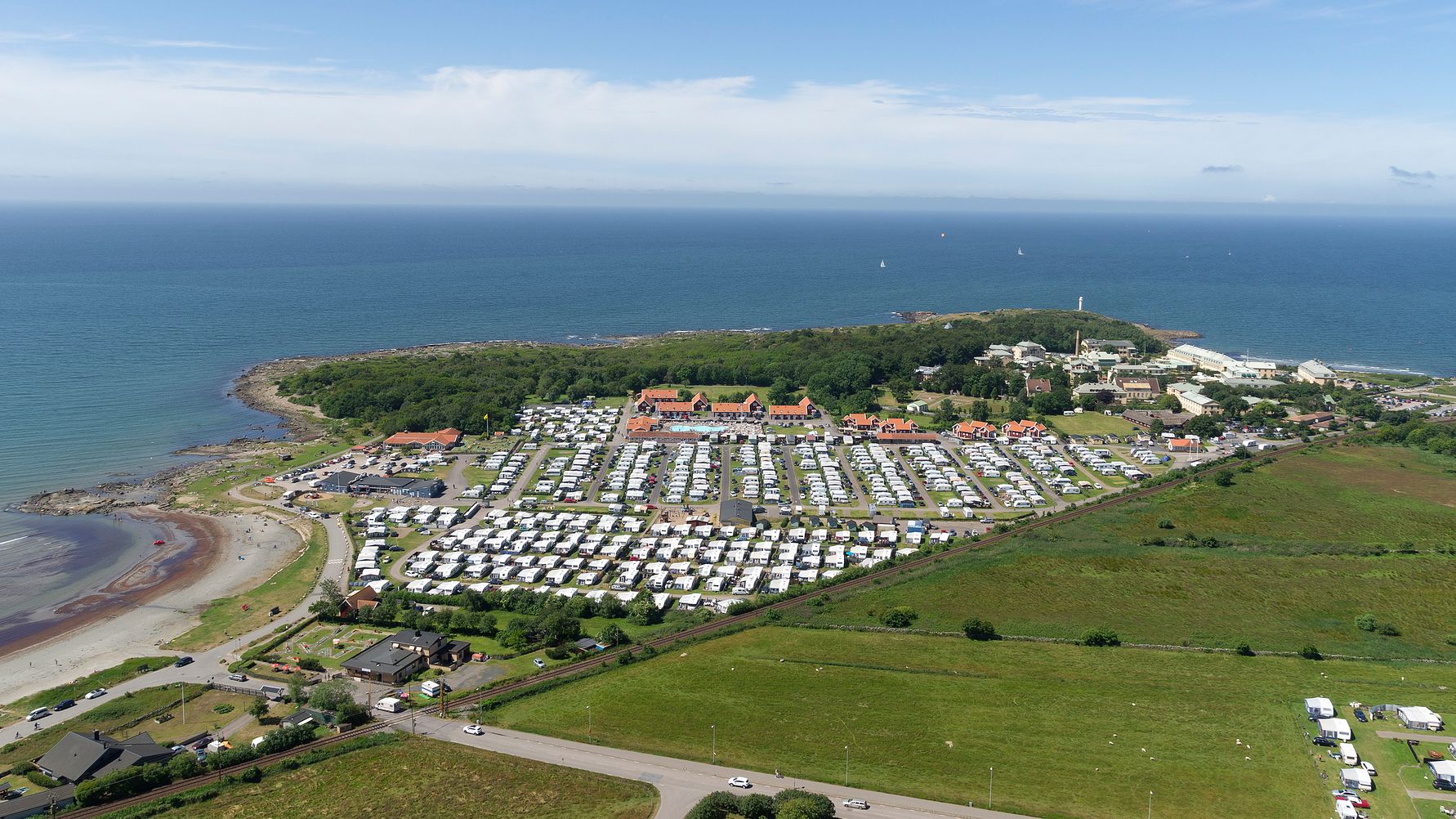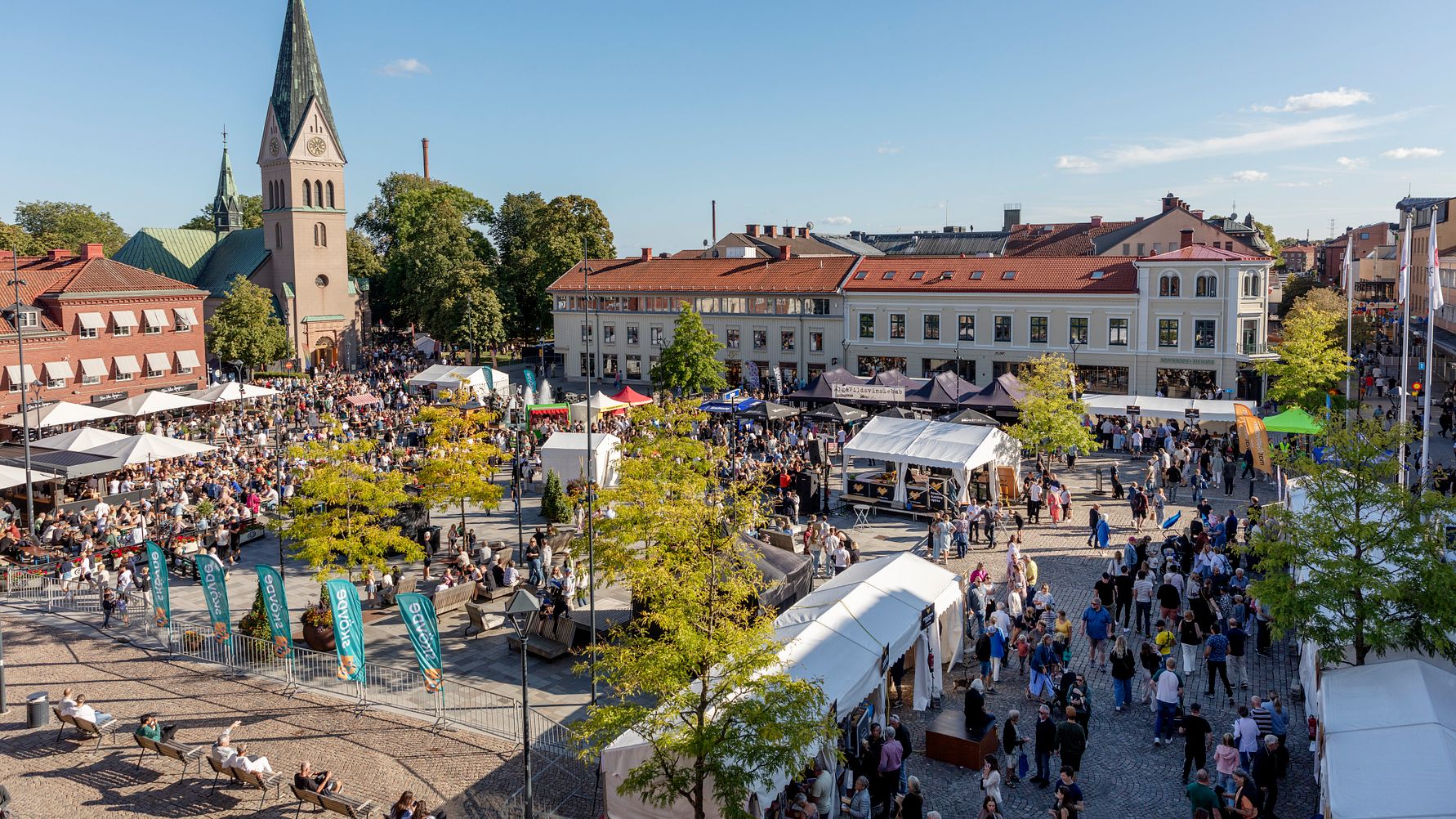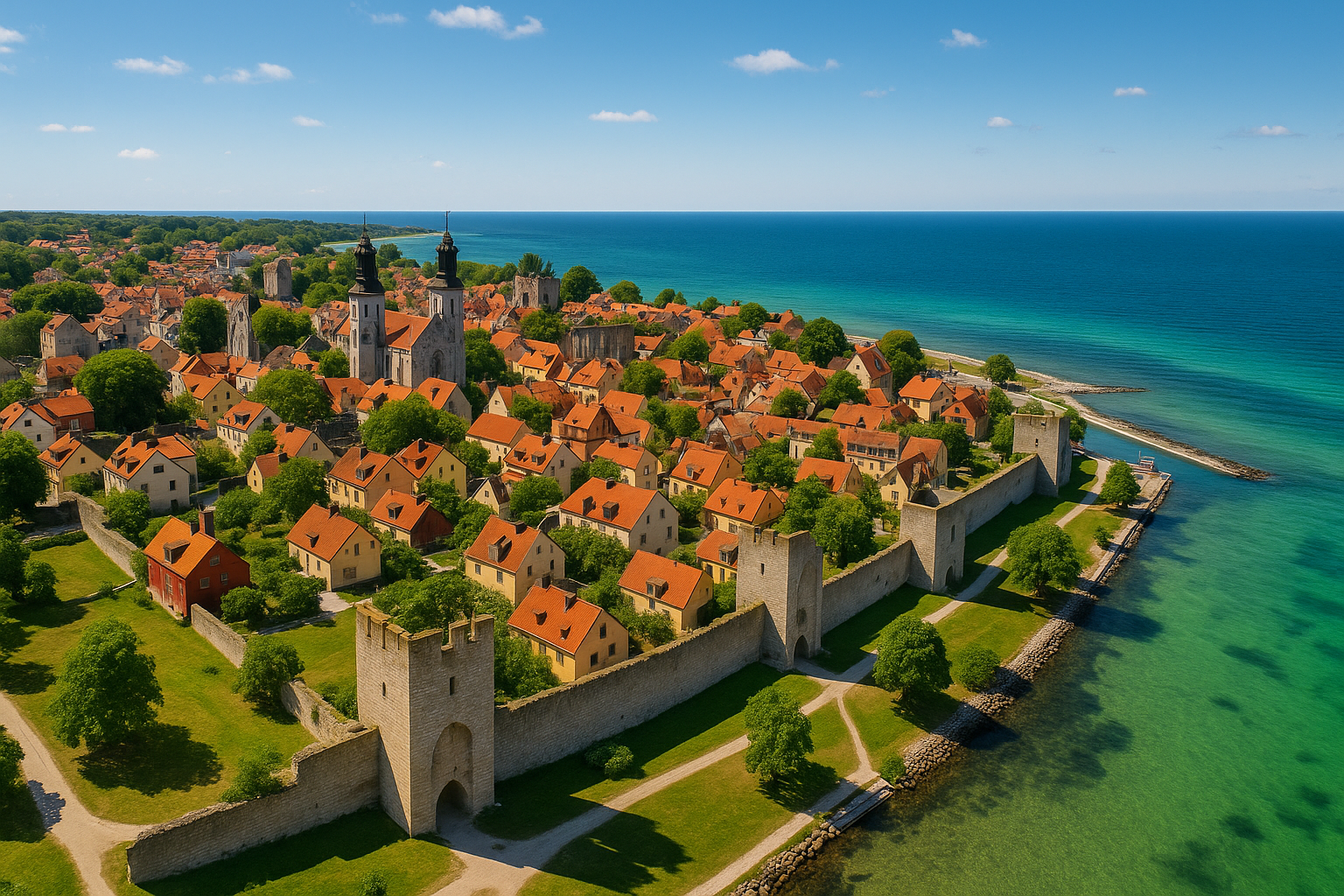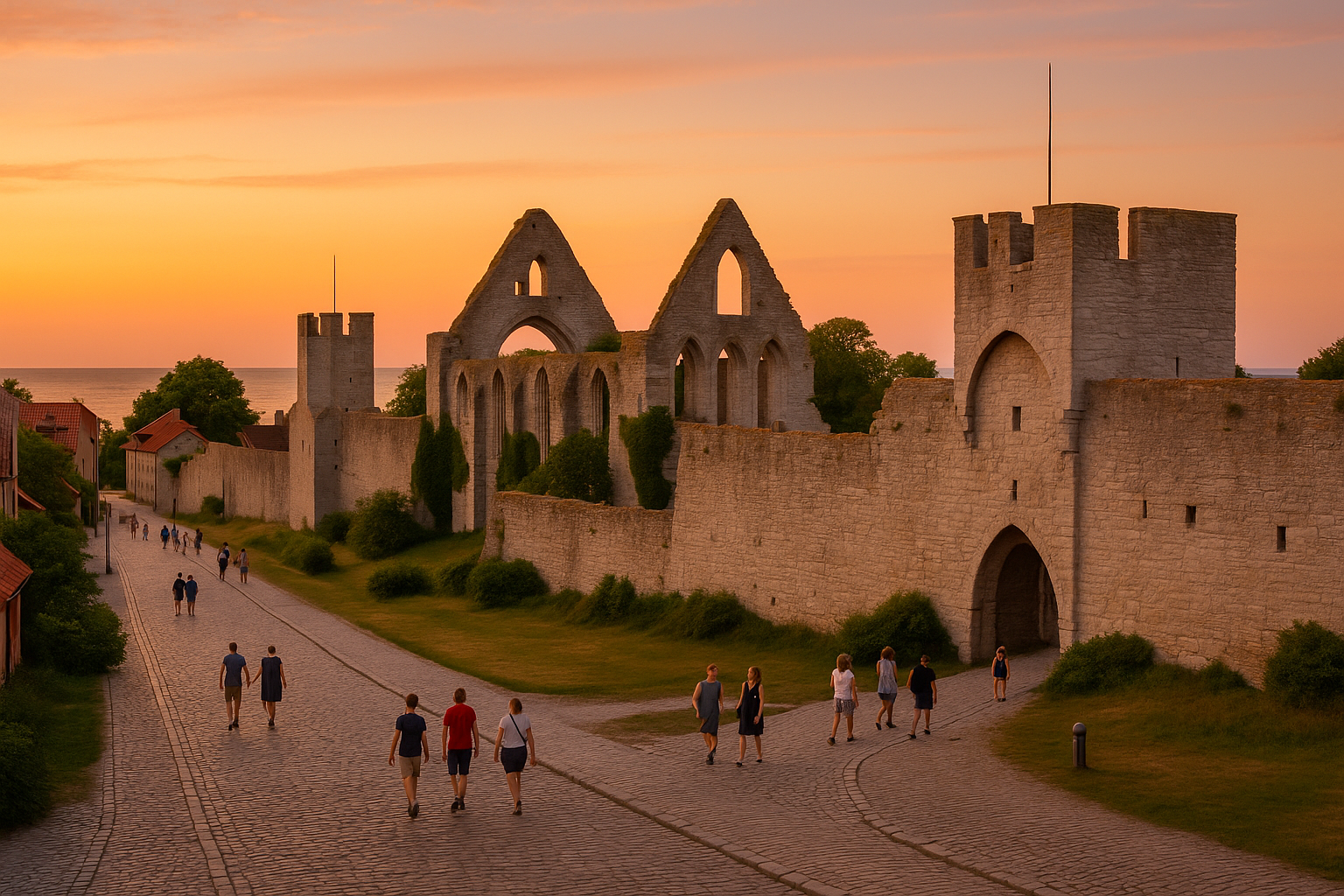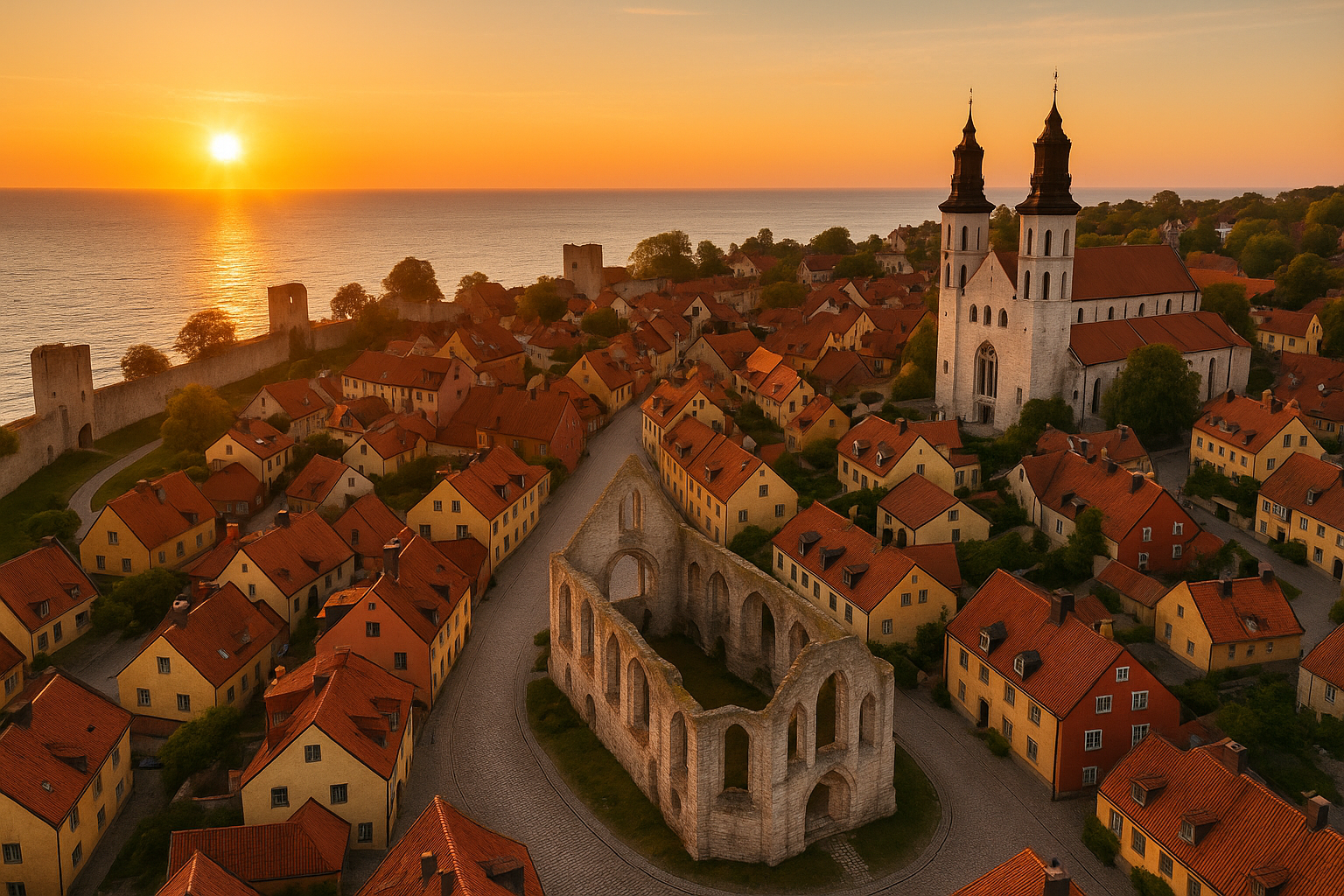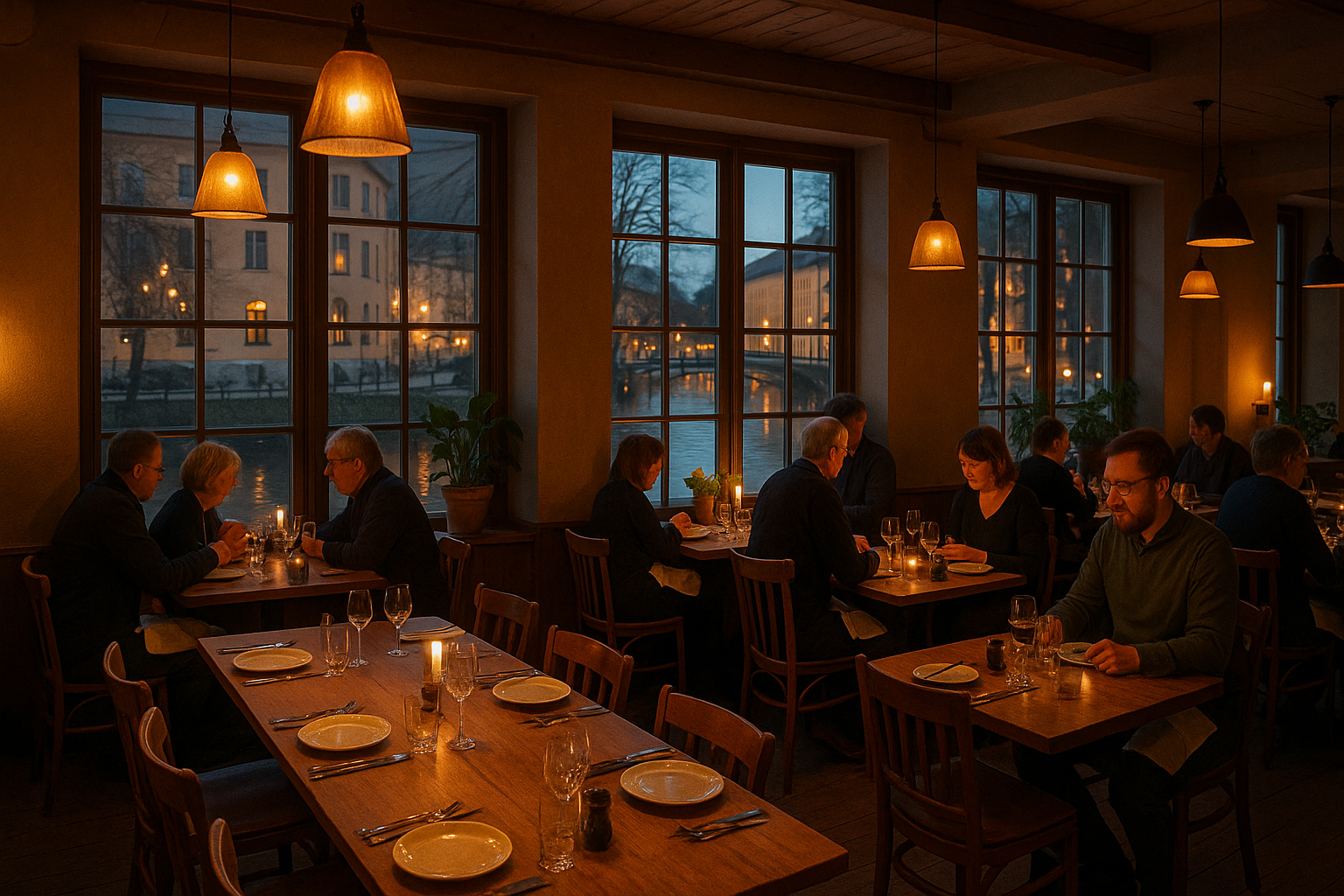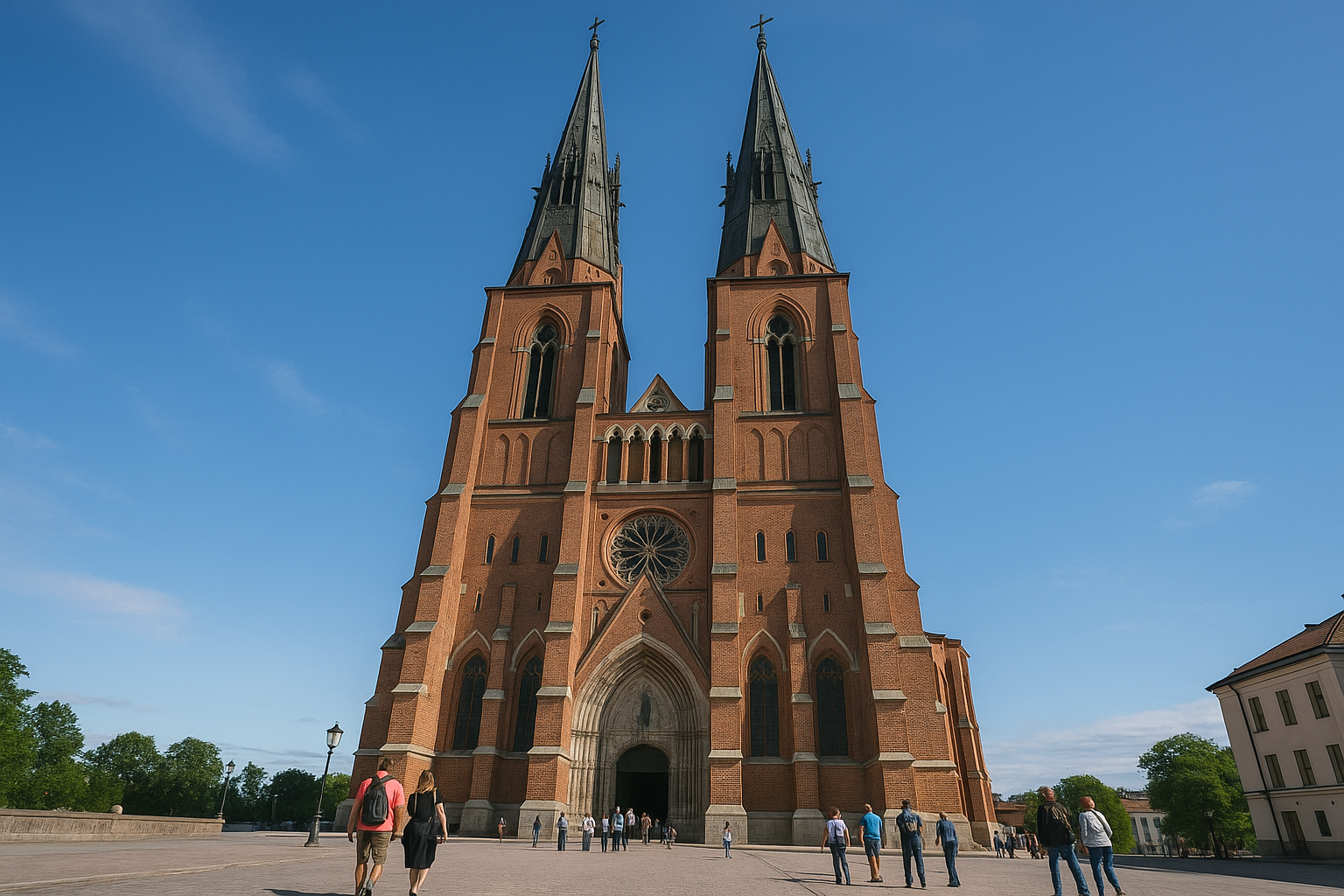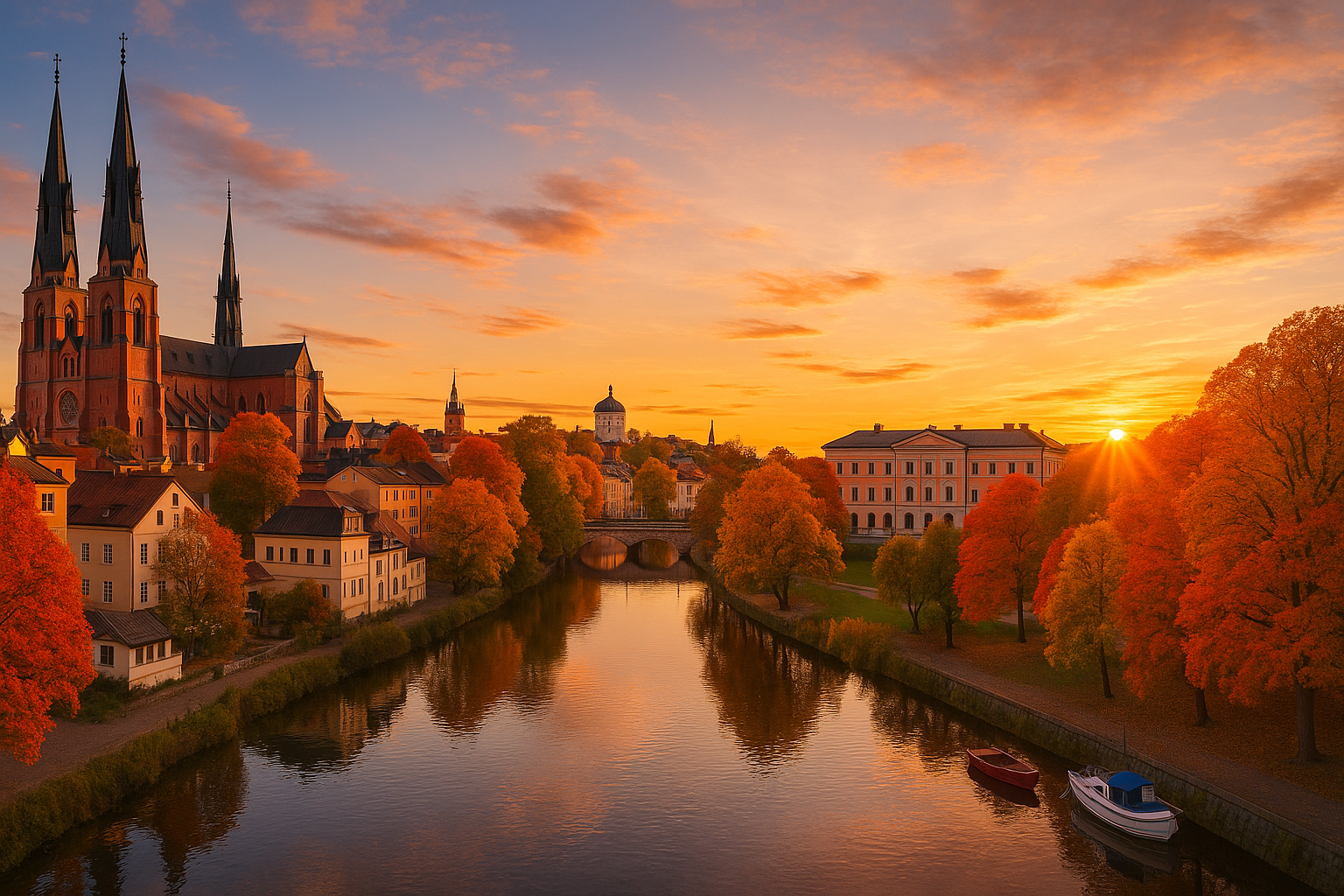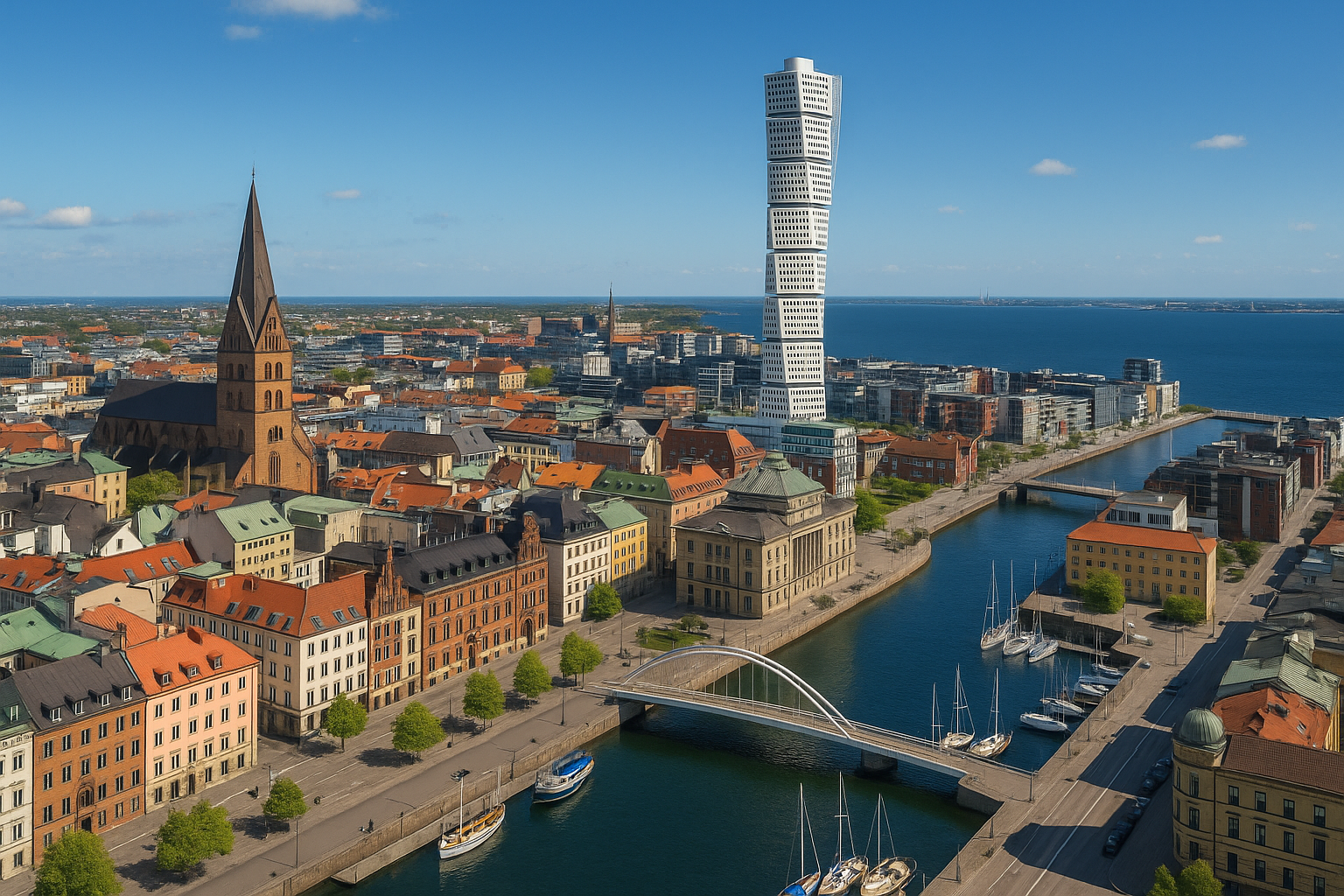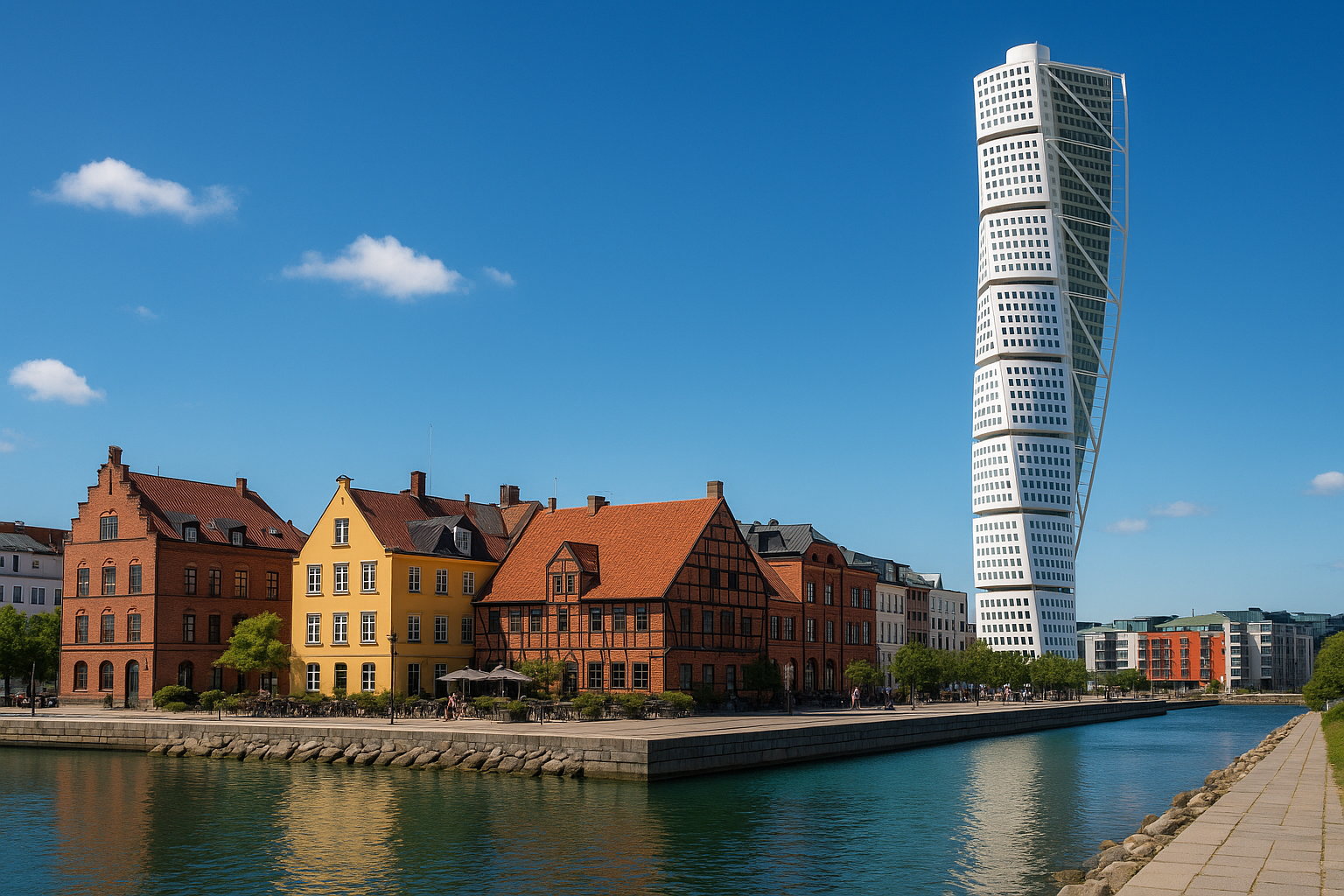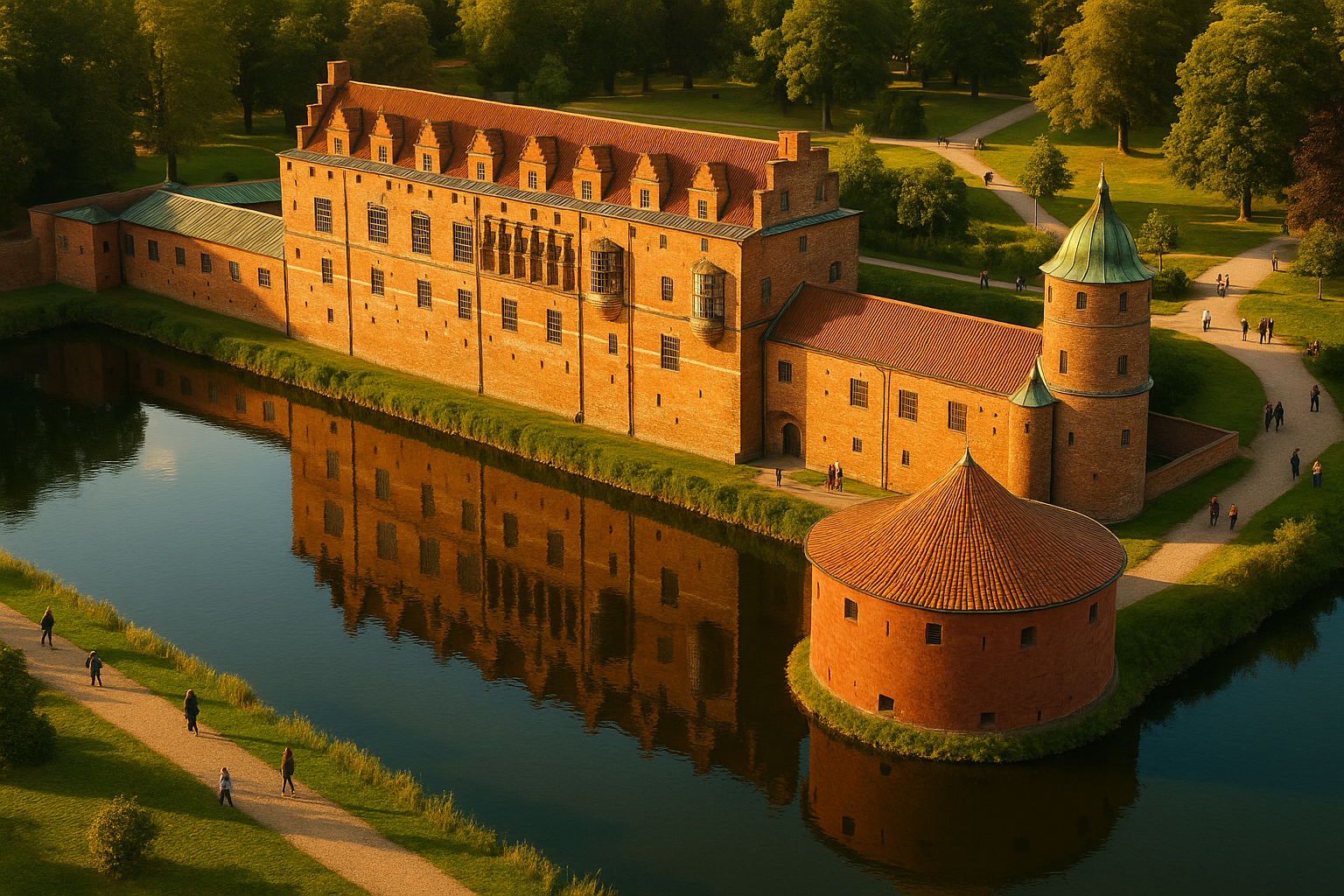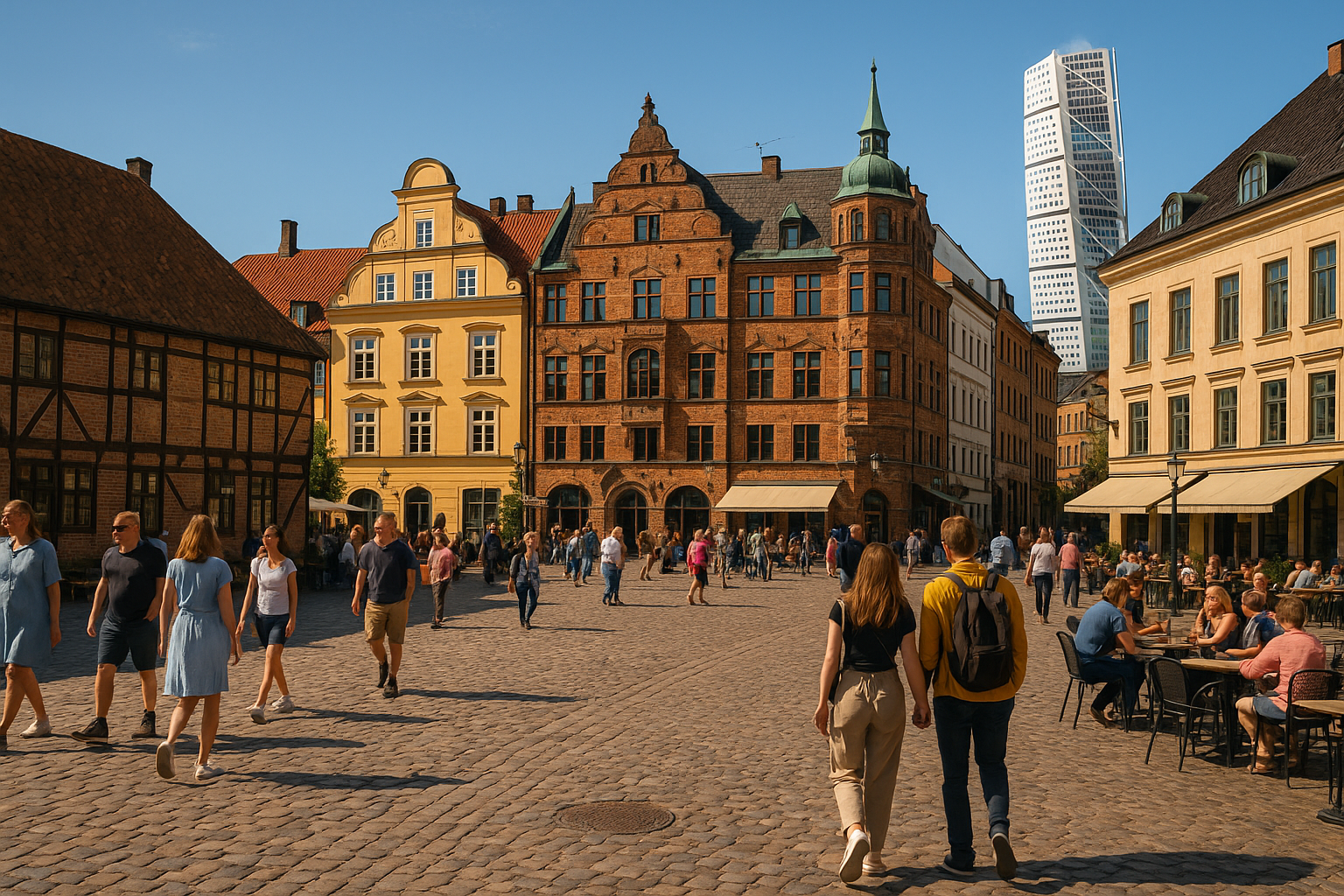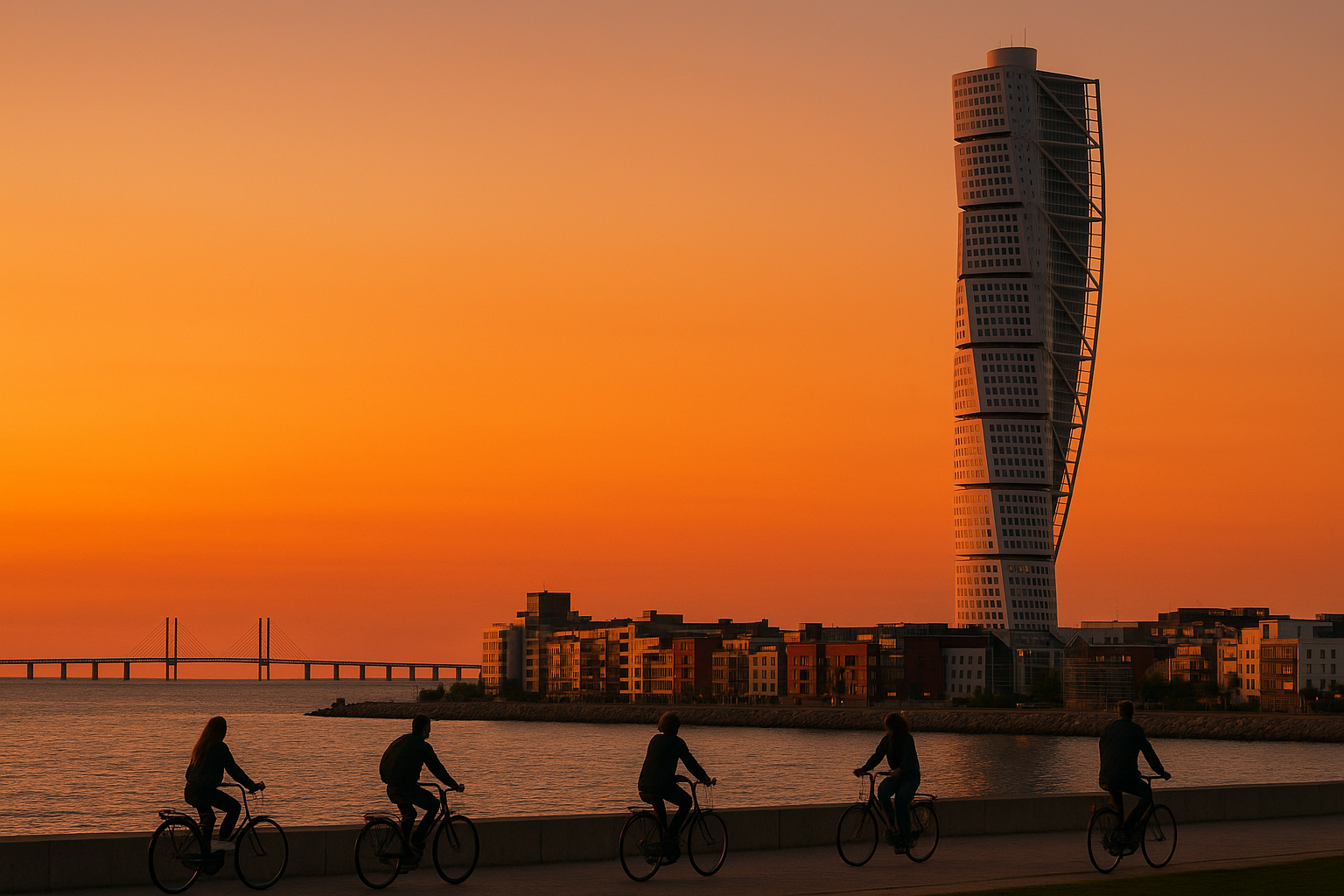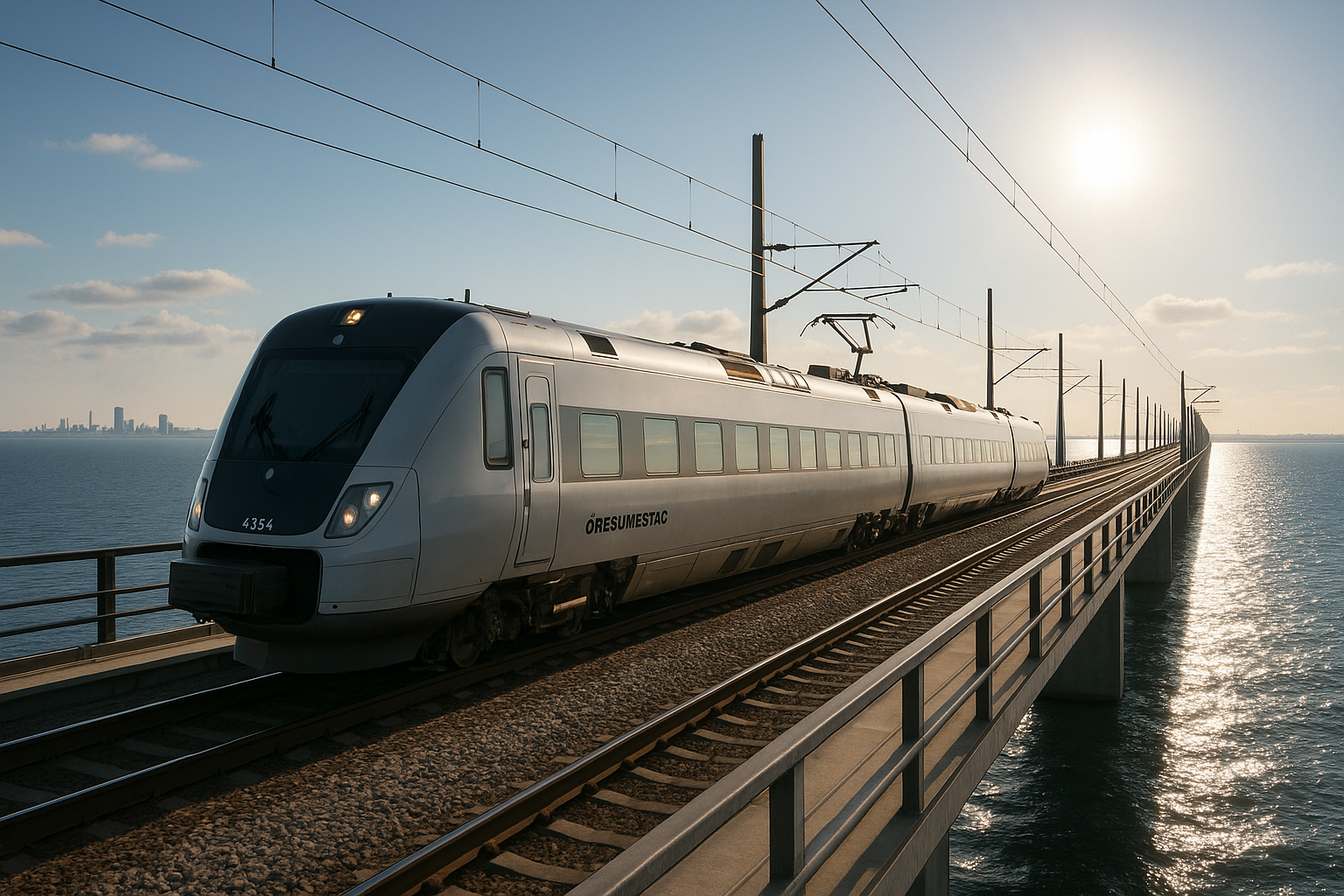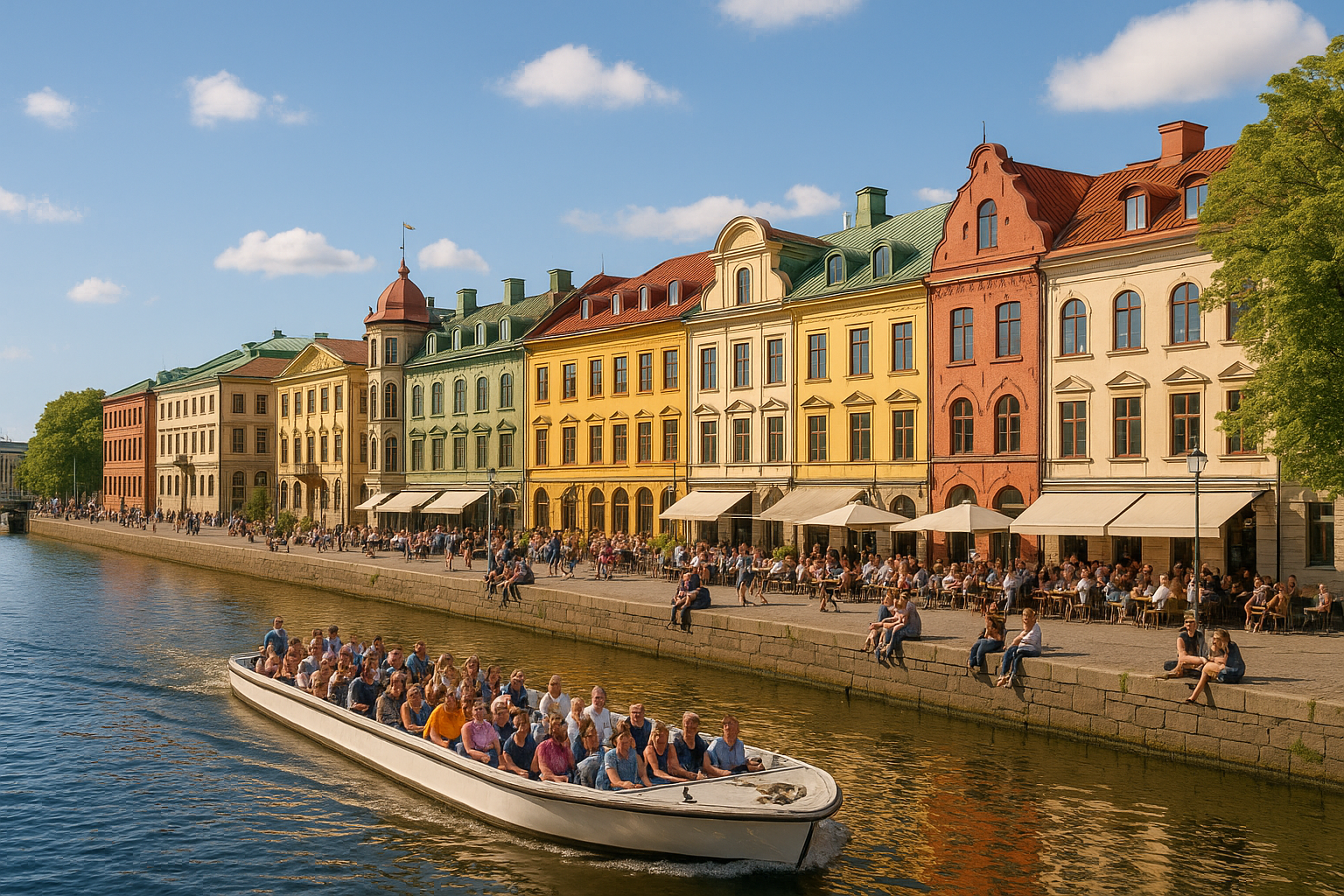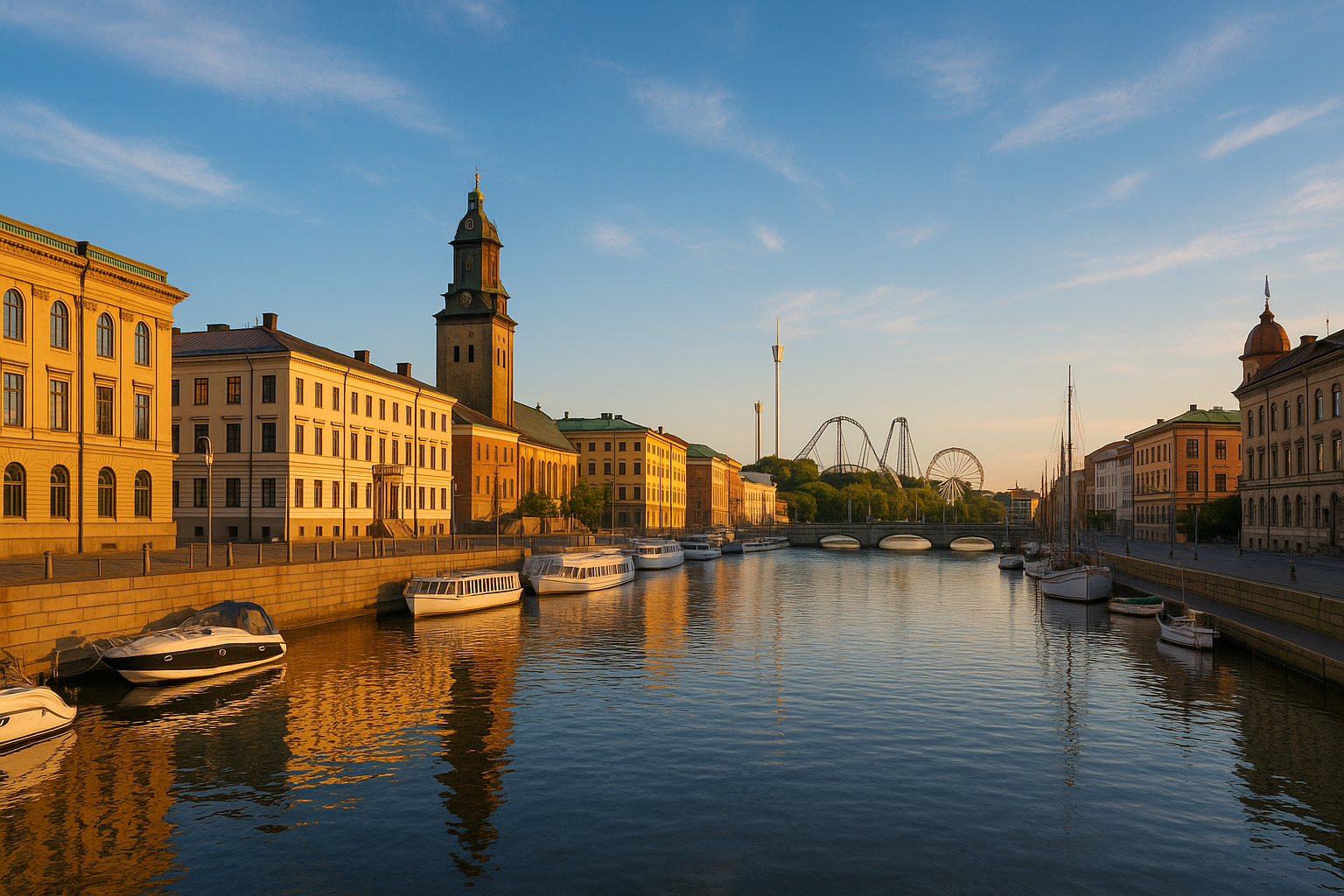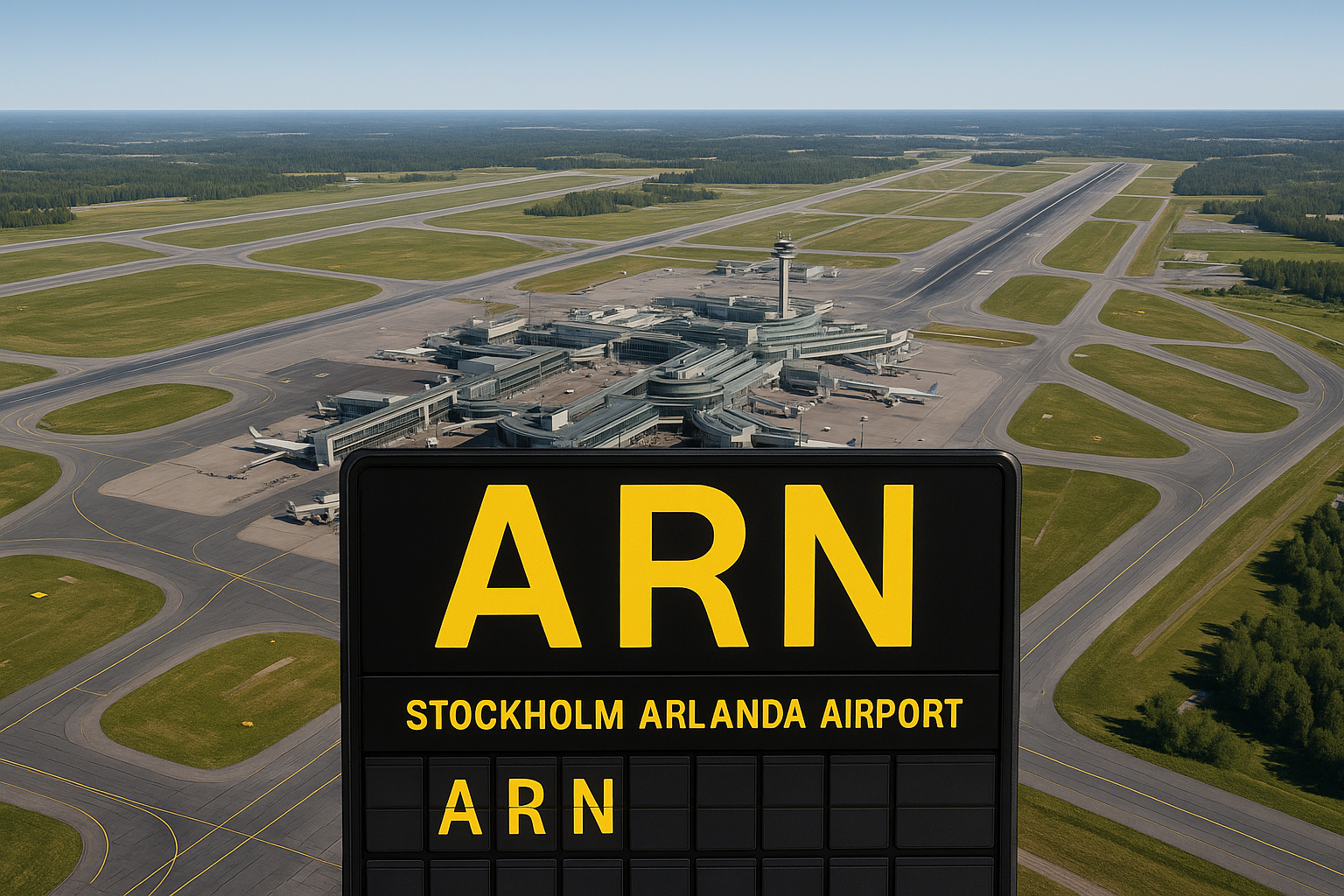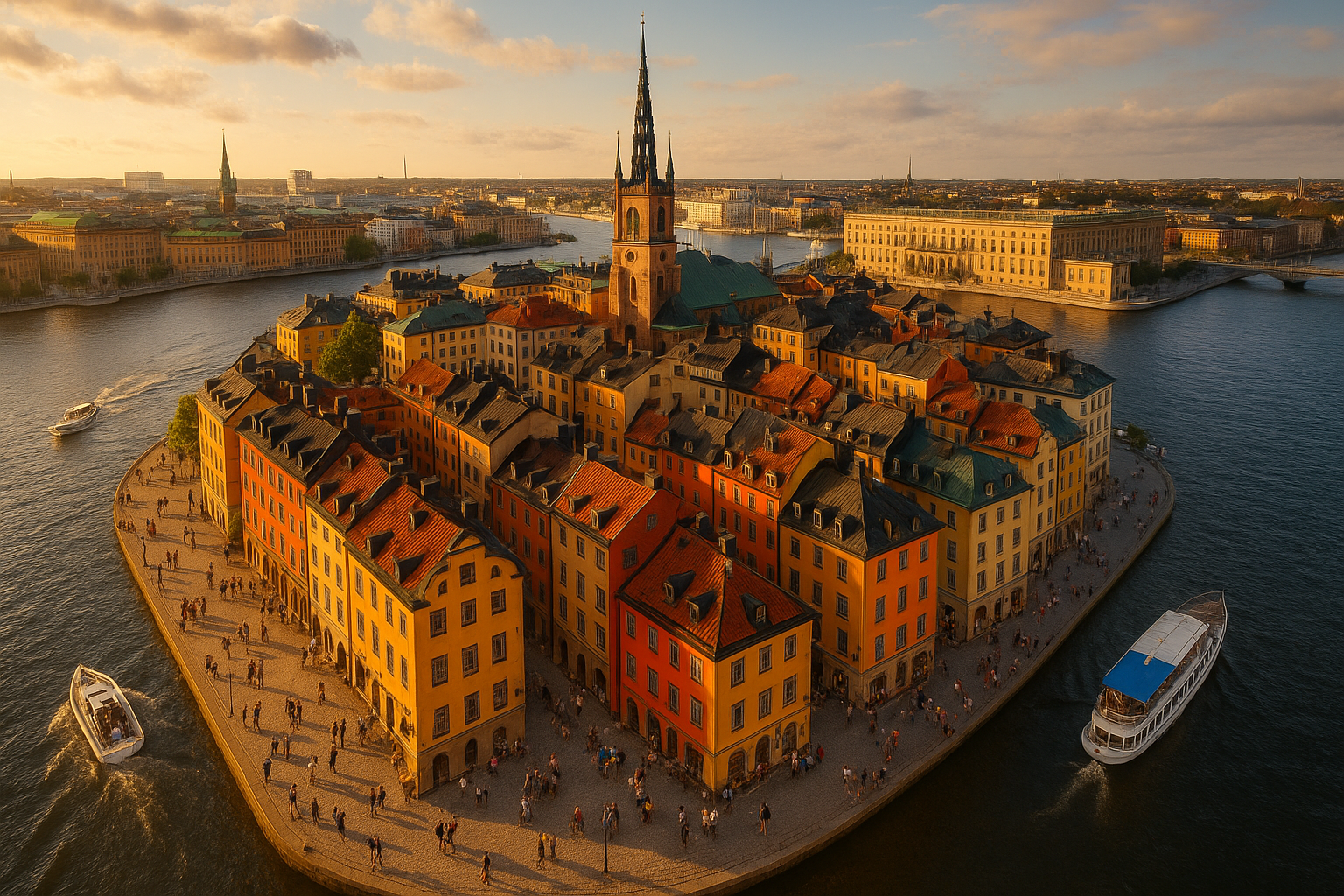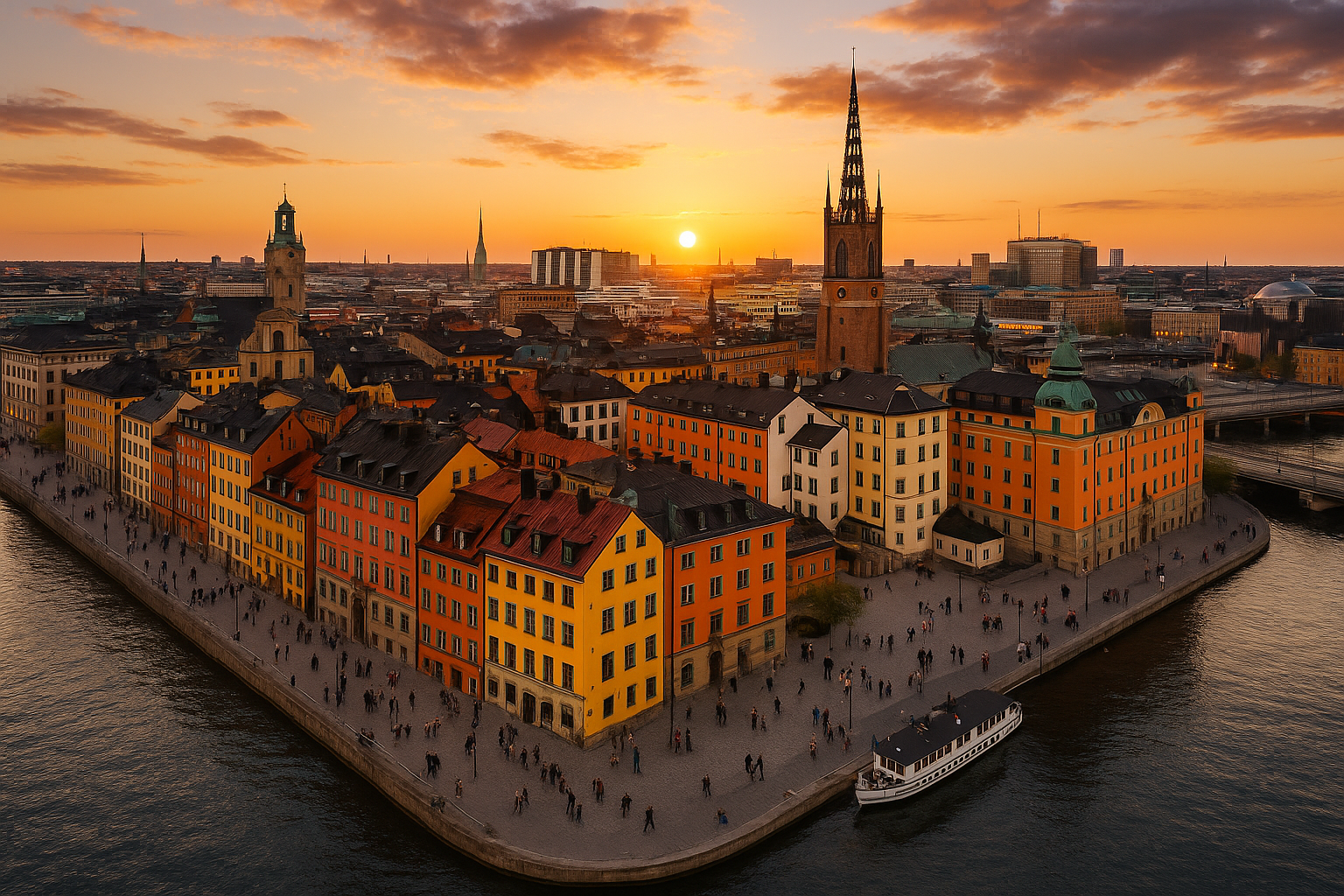Exploring Gothenburg: Sweden’s Vibrant West Coast City
Gothenburg (Göteborg in Swedish) is Sweden’s second-largest city, home to approximately 600,000 residents in the urban area and over 1 million in the greater metropolitan region. Located on Sweden’s scenic west coast along the Kattegat strait, this vibrant port city offers a perfect blend of maritime heritage, modern Scandinavian culture, world-class attractions, and easy access to stunning archipelago islands. Whether you’re planning your first visit or seeking practical information about things to do in gothenburg, transportation options, or where to stay, this comprehensive guide covers everything you need to know about experiencing Gothenburg, Sweden.
Top Attractions and Things to Do in Gothenburg
Gothenburg delivers an impressive range of experiences, from thrilling amusement parks to serene cultural venues and natural beauty. According to TripAdvisor, the city’s top attractions collectively hold over 201,891 reviews, confirming their popularity among international visitors.
Liseberg: Scandinavia’s Premier Amusement Park
Liseberg Gothenburg stands as one of the most visited attractions in Sweden and consistently ranks among the world’s best amusement parks. This beloved destination features over 40 rides ranging from family-friendly carousels to adrenaline-pumping roller coasters. The park transforms seasonally—summer brings extended hours and outdoor concerts, while the Christmas market (November-December) attracts visitors from across Europe with its enchanting lights and festive atmosphere.
Museums and Cultural Experiences
The Gothenburg Museum of Art (Göteborgs Konstmuseum) houses one of Northern Europe’s finest art collections, featuring works from the Nordic Golden Age alongside international masterpieces. Universeum, Scandinavia’s largest science center, offers interactive exhibits spanning rainforest environments, ocean zones, and space exploration—perfect for families with children.
For maritime history enthusiasts, the historic Gothenburg ship and the Maritime Museum showcase the city’s centuries-old relationship with the sea. The Röhsska Museum presents applied arts and design, while Universeum provides hands-on science experiences.
Gothenburg Archipelago: Island Escapes
The Gothenburg archipelago—a collection of car-free islands accessible by ferry—offers a peaceful retreat just minutes from the city center. The Southern Archipelago features charming fishing villages, smooth granite rocks perfect for sunbathing, and fresh seafood restaurants. Popular islands include Styrsö, Vrångö, and Brännö, each with distinct character and hiking trails. According to recent visitor reports, autumn temperatures in the archipelago range from 6-16°C (43-61°F), making it ideal for scenic walks despite occasional rain.
Insider Tips for Attractions
- Purchase a Gothenburg City Card for free entry to 25+ museums and attractions plus unlimited public transport
- Book Liseberg tickets online in advance for discounts (typically 10-15% off gate prices)
- Visit museums on Thursdays—many offer extended evening hours with reduced admission
- Access the archipelago using your public transport pass; ferries are part of Västtrafik’s network
For a comprehensive list of activities, explore our detailed guide to things to do in Gothenburg, which covers 20 must-see experiences across the city.
Getting to and Around Gothenburg
Understanding transportation options helps you maximize your time in Gothenburg, Sweden and plan seamless day trips to nearby cities.
Arriving by Air and Train
Gothenburg Airport (Landvetter) lies 25 km east of the city center, with direct airport bus services (Flygbussarna) running every 15-20 minutes to downtown (journey time: 30 minutes). The airport serves numerous European destinations and select international routes.
Train travel represents the most environmentally friendly and often fastest option for domestic journeys. The train Stockholm to Gothenburg takes approximately 3 hours on high-speed SJ trains, with departures every hour throughout the day. Tickets booked 90 days in advance can cost as little as 195 SEK, while last-minute fares typically run 600-800 SEK.
For travelers from Denmark, the copenhagen to gothenburg train journey takes 3.5-4 hours with one change in either Helsingborg or Malmö. This scenic route crosses the impressive Øresund Bridge connecting Denmark and Sweden.
Local Transportation Options
Västtrafik operates Gothenburg’s comprehensive public transit network, including trams, buses, and ferries. The iconic blue-and-white trams represent the city’s most efficient way to navigate the compact center. Single tickets cost 33 SEK (valid 90 minutes), while 24-hour passes run 100 SEK and 72-hour passes cost 225 SEK.
Cycling enthusiasts will appreciate Gothenburg’s expanding bike infrastructure. The city offers bike-share programs (Styr & Ställ) with stations throughout downtown, and many hotels provide complimentary bicycle rentals.
Innovative Autonomous Buses
Gothenburg has recently introduced autonomous buses in select urban zones, improving tourist access to key attractions while testing cutting-edge transportation technology. These self-driving vehicles currently operate on limited routes with safety operators onboard, representing Sweden’s commitment to sustainable urban mobility.
Hotels and Accommodation in Gothenburg
Gothenburg offers diverse accommodation options across all budget ranges, from luxury waterfront hotels to cozy boutique properties and budget-friendly hostels.
Top Hotel Choices by Budget
| Hotel Name | Category | Location | Price Range (2025) |
|---|---|---|---|
| Clarion Hotel Post | Luxury | City Center | 1,800-2,500 SEK/night |
| Radisson Blu Scandinavia | Upscale | Near Liseberg | 1,200-1,800 SEK/night |
| Hotel Pigalle | Mid-range | Järntorget | 900-1,400 SEK/night |
| STF Slottsskogen | Budget/Hostel | Slottsskogen Park | 400-700 SEK/night |
Radisson Blu and Premium Chains
The Radisson Blu Gothenburg properties (including the Scandinavia and Riverside locations) offer consistent quality, central locations, and excellent amenities like rooftop pools and spa facilities. These internationally recognized chains provide reliable standards for business travelers and families seeking comfort and convenience.
Booking Tips for Best Value
- Book 6-8 weeks ahead for optimal rates, especially during peak summer (June-August) and December holidays
- Consider staying in Haga or Linnéstaden neighborhoods—walkable to downtown with lower prices than waterfront areas
- Friday-Sunday rates often drop significantly at business hotels
- Many hotels in Gothenburg include breakfast buffets featuring Swedish classics and local specialties
Practical Information: Weather, Population, and Safety
Gothenburg’s Climate and When to Visit
Gothenburg weather features a temperate oceanic climate with mild winters and cool summers, influenced by the North Sea and Gulf Stream. Average temperatures range from 0-3°C (32-37°F) in January to 15-20°C (59-68°F) in July. Autumn (September-November) brings temperatures of 6-16°C with increased rainfall but fewer tourists and beautiful foliage.
The best visiting months are May-September for outdoor activities and December for magical Christmas markets. Pack layers regardless of season—Swedish weather changes quickly, and locals follow the principle ”there’s no bad weather, only bad clothing.”
Demographics and City Character
With a Gothenburg population of approximately 600,000 (2025 data from updated travel guides), the city maintains a welcoming, manageable scale while offering world-class amenities. The greater metropolitan area exceeds 1 million residents, making it Sweden’s second-largest urban center after Stockholm. Known for its friendly residents—Gothenburg humor (göteborgsvits) is famously self-deprecating and warm—the city cultivates a more relaxed atmosphere than the capital.
Safety and Travel Security
Sweden consistently ranks among the world’s safest countries, and Gothenburg reflects this national standard. According to recent safety assessments, the city maintains low crime rates for tourists, though travelers should remain alert to pickpockets around Gothenburg Central Station and in crowded tourist areas.
Essential safety tips:
- Keep valuables secure in inside pockets, especially on public transport
- Emergency number: 112 (works throughout EU)
- Healthcare: EU citizens should carry European Health Insurance Cards; others should verify travel insurance coverage
- Tap water is safe to drink directly from faucets throughout Sweden
Education: University of Gothenburg
The University of Gothenburg ranks among Scandinavia’s premier institutions, consistently placing in global top-200 university rankings. Founded in 1891, it serves approximately 53,000 students across eight faculties, including highly regarded programs in medicine, science, and humanities. The university’s research centers contribute significantly to fields like Gothenburg health sciences, sustainability studies, and marine biology.
International students are drawn by English-taught master’s programs, Sweden’s tuition-free education for EU/EEA citizens, and the city’s high quality of life. The university’s main campus integrates with the city center, creating a vibrant academic atmosphere.
Frequently Asked Questions
Where is Gothenburg located and how do I get there?
Gothenburg is located on Sweden’s west coast, approximately 470 km southwest of Stockholm and 290 km north of Copenhagen. You can reach the city by flying to Gothenburg Landvetter Airport (25 km from downtown), taking the 3-hour high-speed train from Stockholm, or driving via E6 motorway. International visitors often fly into Stockholm or Copenhagen and continue by train.
What are the must-see attractions in Gothenburg?
Top attractions include Liseberg amusement park (Scandinavia’s largest), the Gothenburg archipelago islands, Universeum science center, Haga district’s cobblestone streets and cafés, the Gothenburg Museum of Art, and the Fish Church (Feskekôrka) seafood market. Most visitors spend 2-4 days to experience the city’s highlights plus a day trip to the archipelago.
Is Gothenburg worth visiting compared to Stockholm?
Yes, Gothenburg offers a distinctly different experience from Stockholm. While Stockholm showcases royal palaces and grand architecture, Gothenburg excels in maritime culture, easier navigation, friendlier local atmosphere, superior seafood dining, and quicker access to nature (archipelago and west coast). Many travelers combine both cities, spending 3-4 days in each for a comprehensive Swedish experience.
What is the weather like in Gothenburg throughout the year?
Gothenburg experiences mild winters (0-3°C/32-37°F in January) and cool summers (15-20°C/59-68°F in July). Spring (April-May) and autumn (September-October) see temperatures of 6-16°C. Rain occurs year-round, so pack waterproof layers regardless of season. Summer offers the most sunshine and longest days (18+ hours of daylight in June), while December brings cozy darkness and festive Christmas markets.
How much does a trip to Gothenburg cost?
Budget travelers can manage on 600-800 SEK/day (hostels, self-catering, free attractions), mid-range visitors typically spend 1,200-1,800 SEK/day (hotels, restaurant meals, paid attractions), while luxury travelers spend 2,500+ SEK/day. A Gothenburg City Card (495 SEK for 48 hours) provides excellent value with free museum entry and transport. Restaurant meals average 120-180 SEK for lunch and 200-350 SEK for dinner.
Ready to explore Gothenburg? Whether you’re drawn to Liseberg’s thrilling rides, the peaceful archipelago islands, world-class museums, or simply experiencing authentic Swedish west coast culture, this accessible and welcoming city delivers memorable experiences year-round. For the most comprehensive overview of the city’s highlights, visit our main Gothenburg guide for detailed attraction listings, updated hours, and seasonal event calendars. Plan your visit between May and September for the best weather, or embrace the magical atmosphere of December’s Christmas markets—either way, Gothenburg’s unique blend of urban sophistication and natural beauty awaits.
Note: This article reflects information current as of October 2025. Prices, hours, and transportation schedules may change; always verify details with official sources including Gothenburg’s official visitor guide before traveling.











